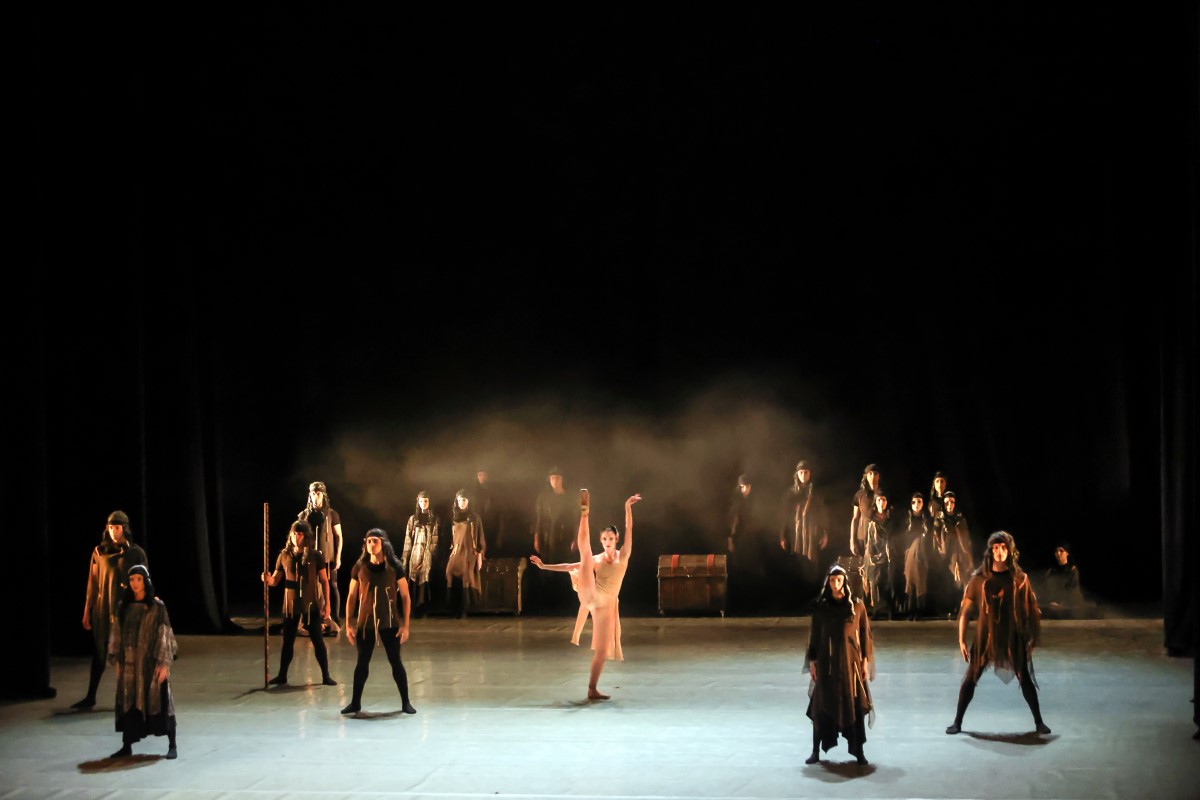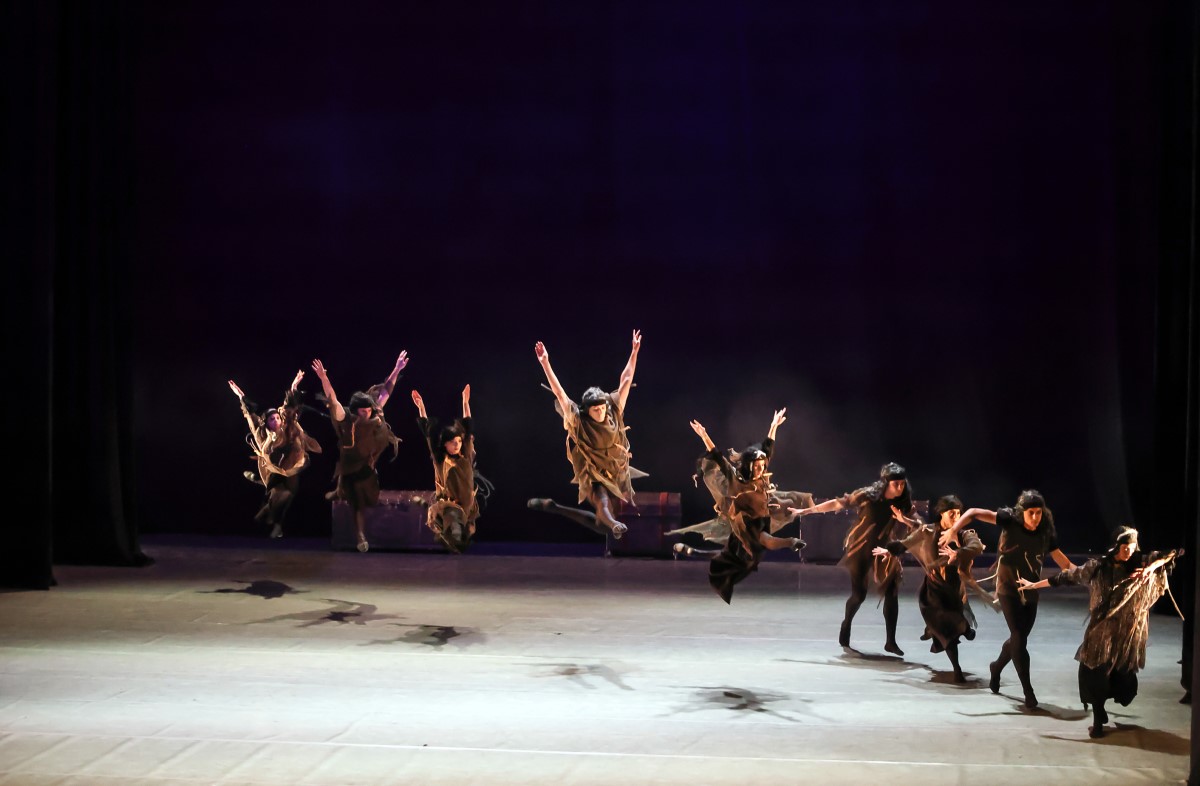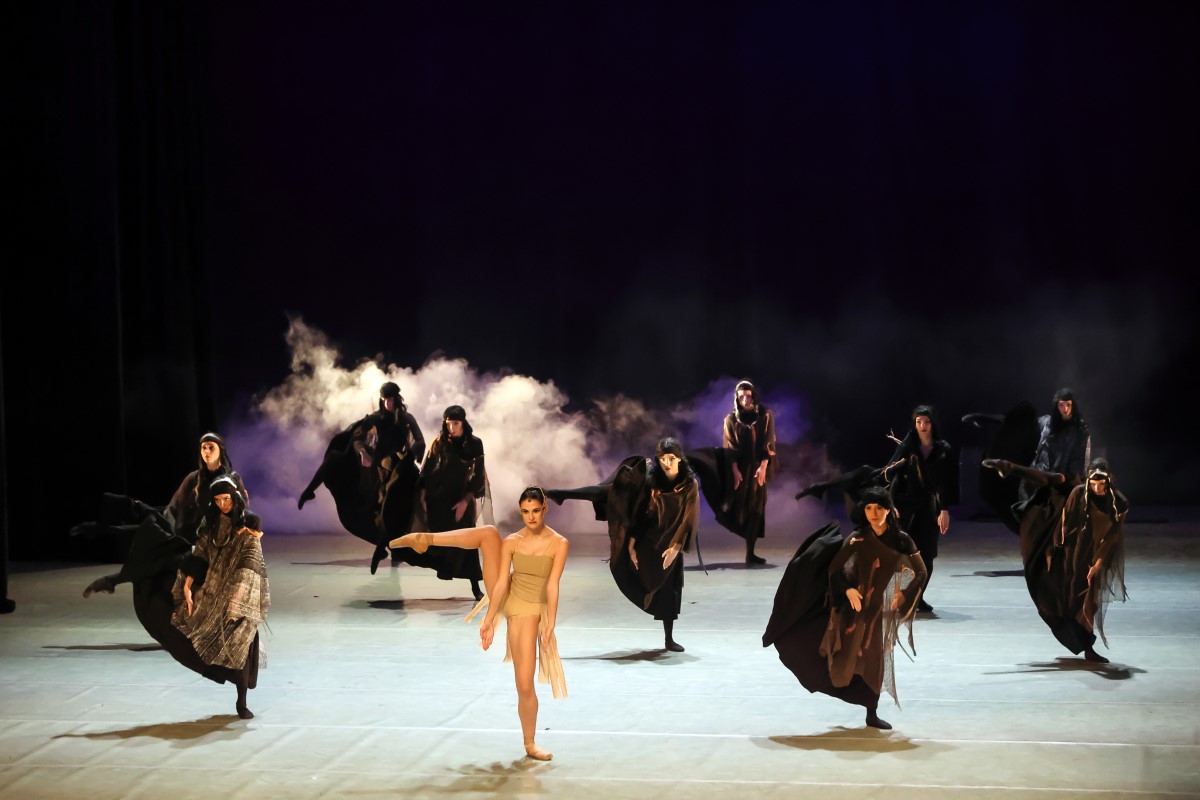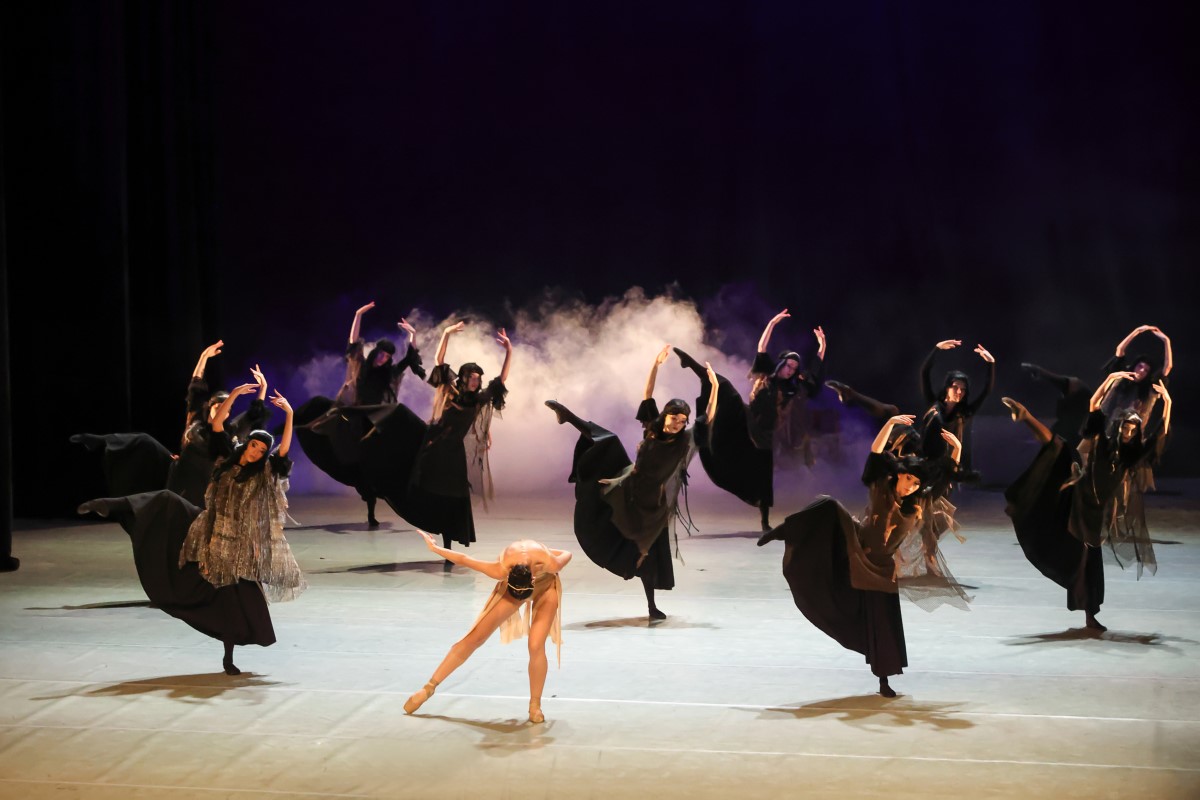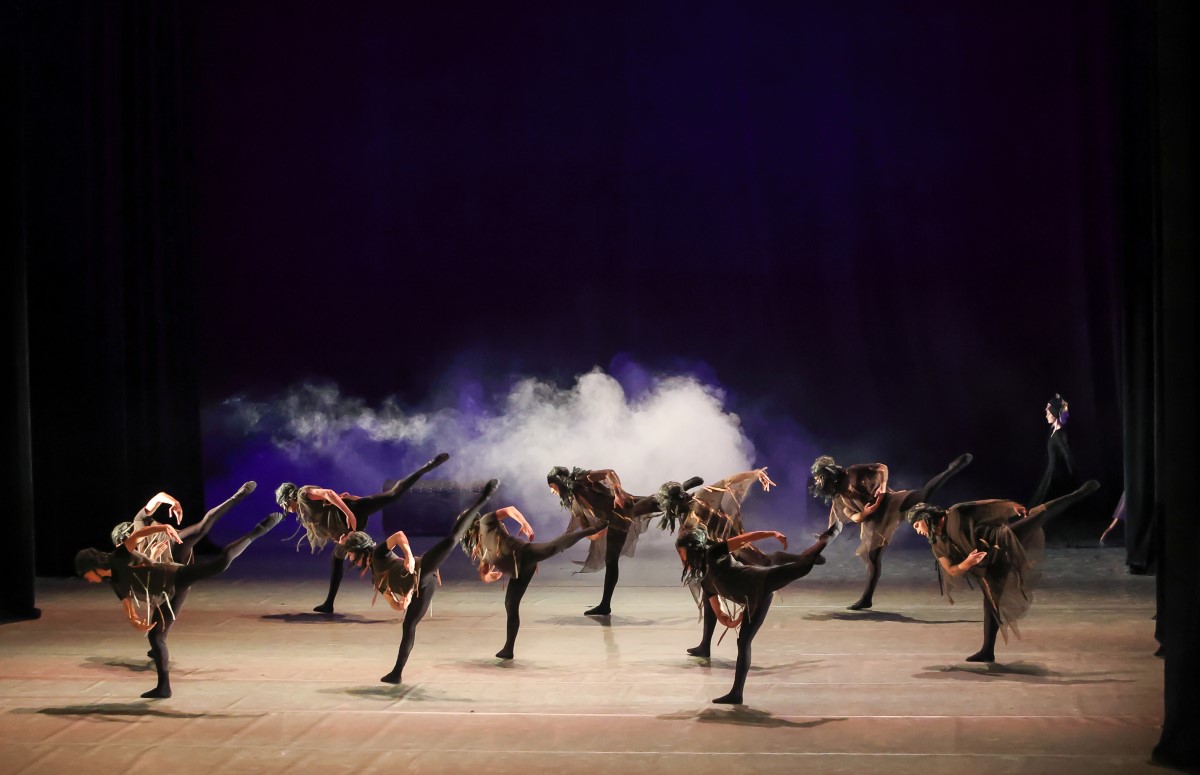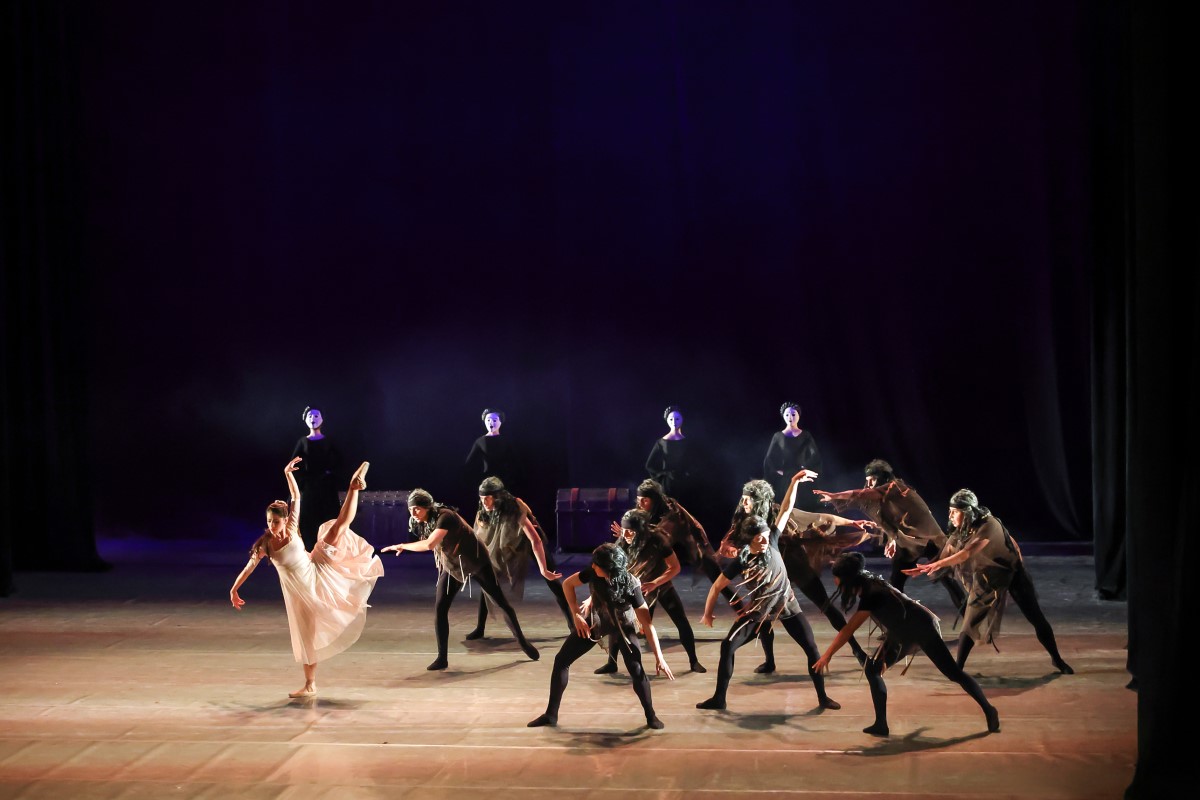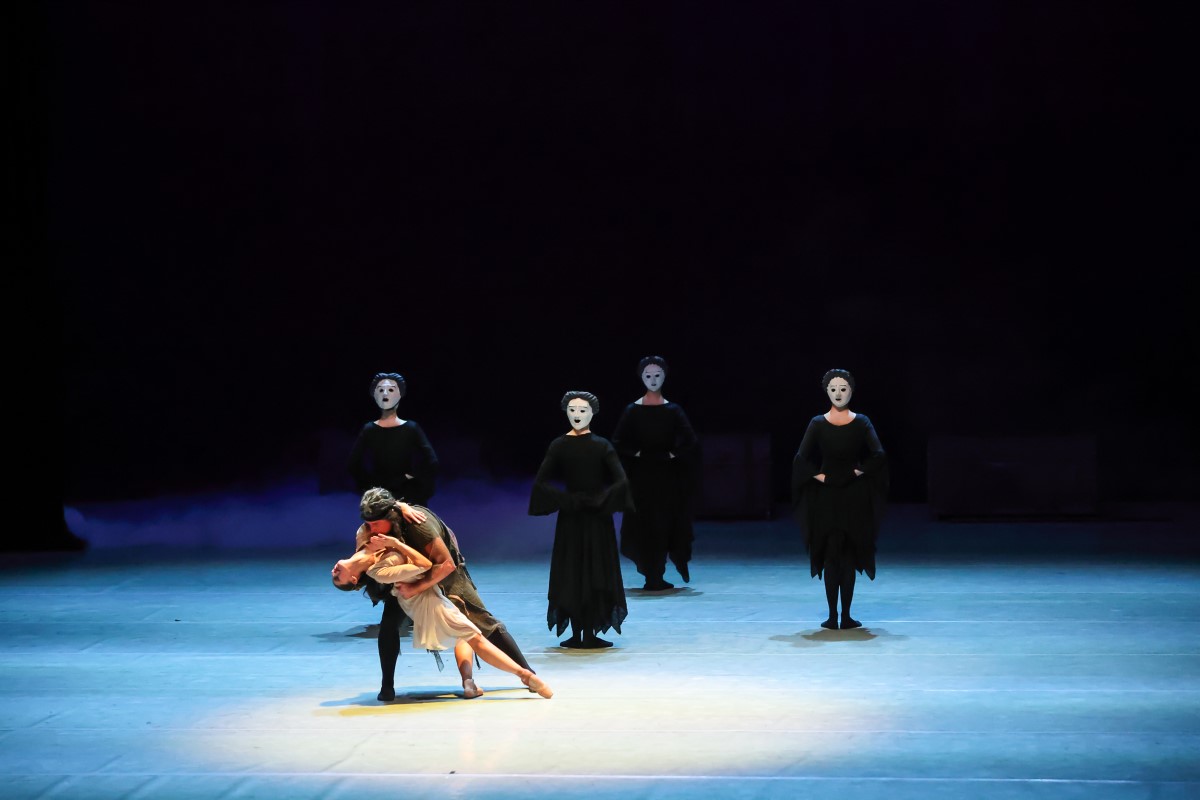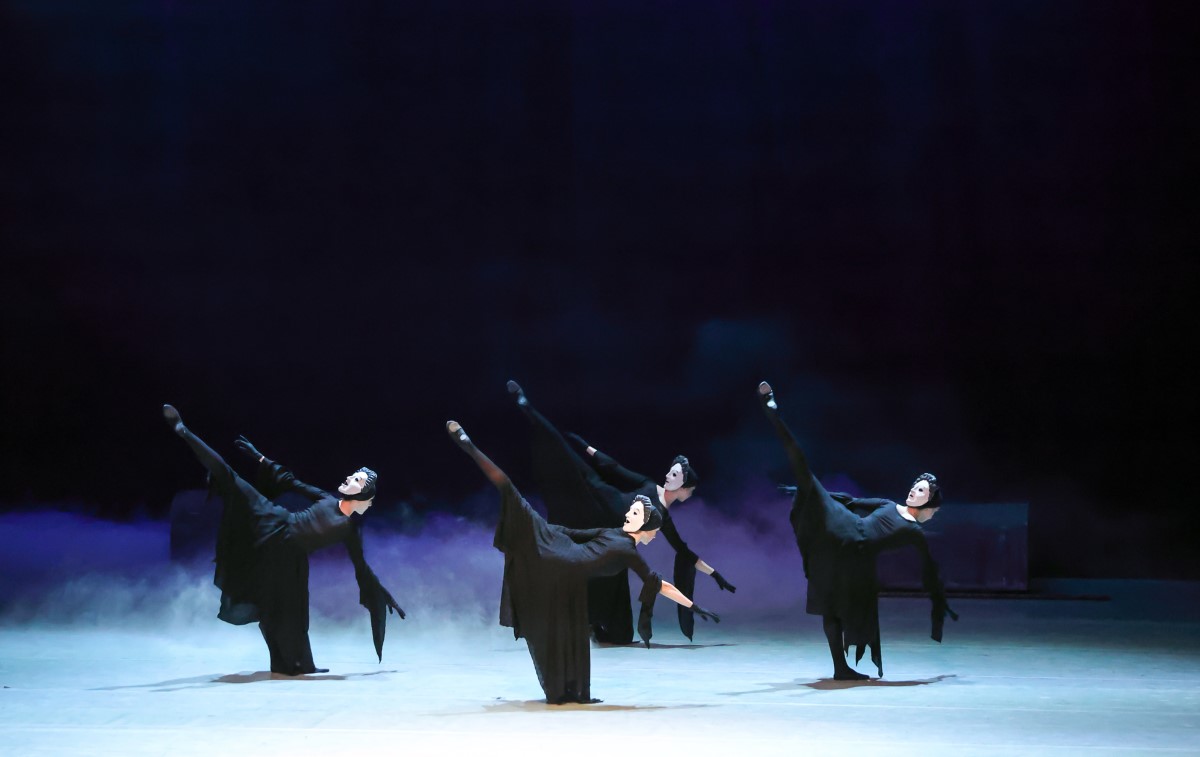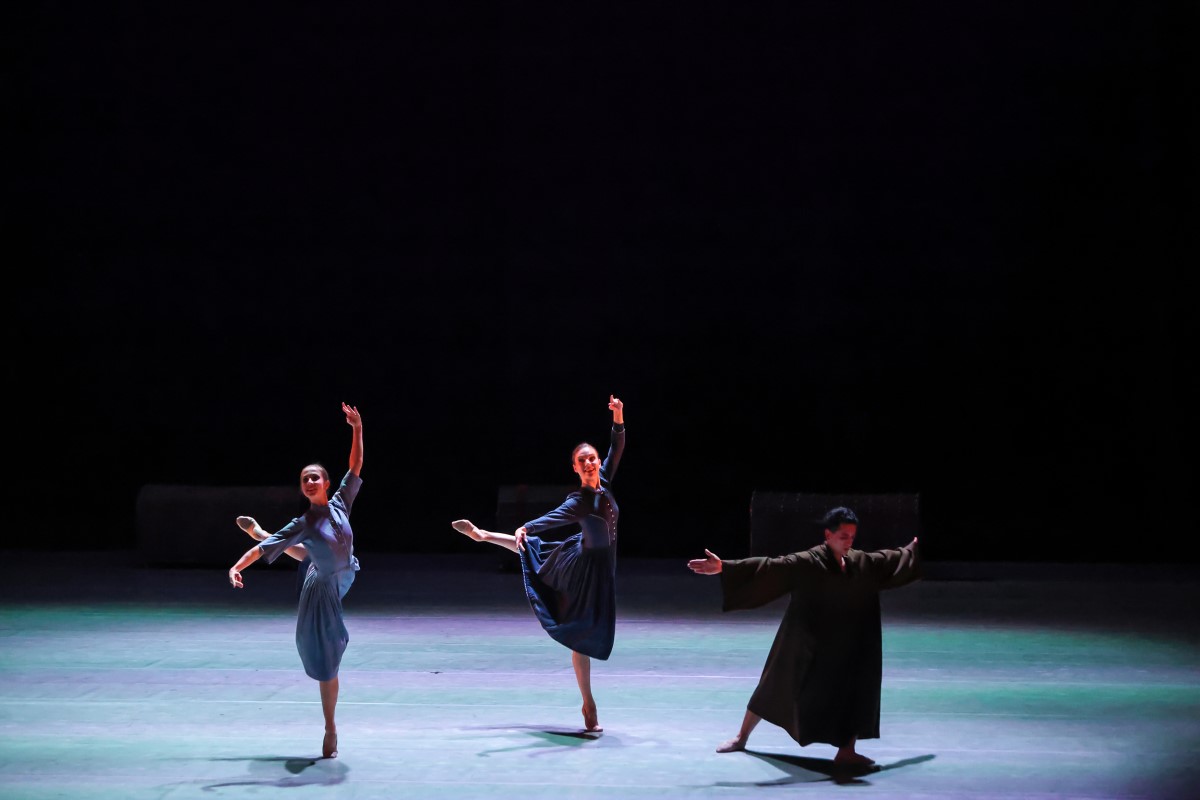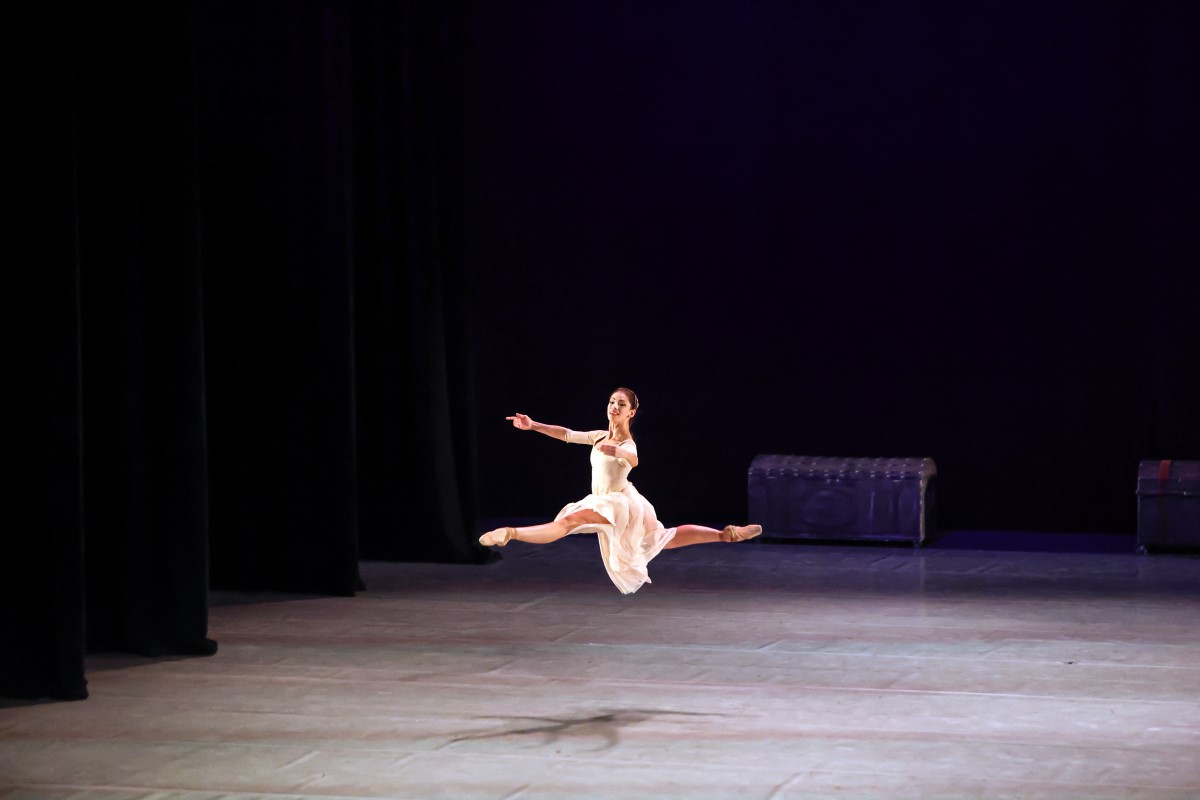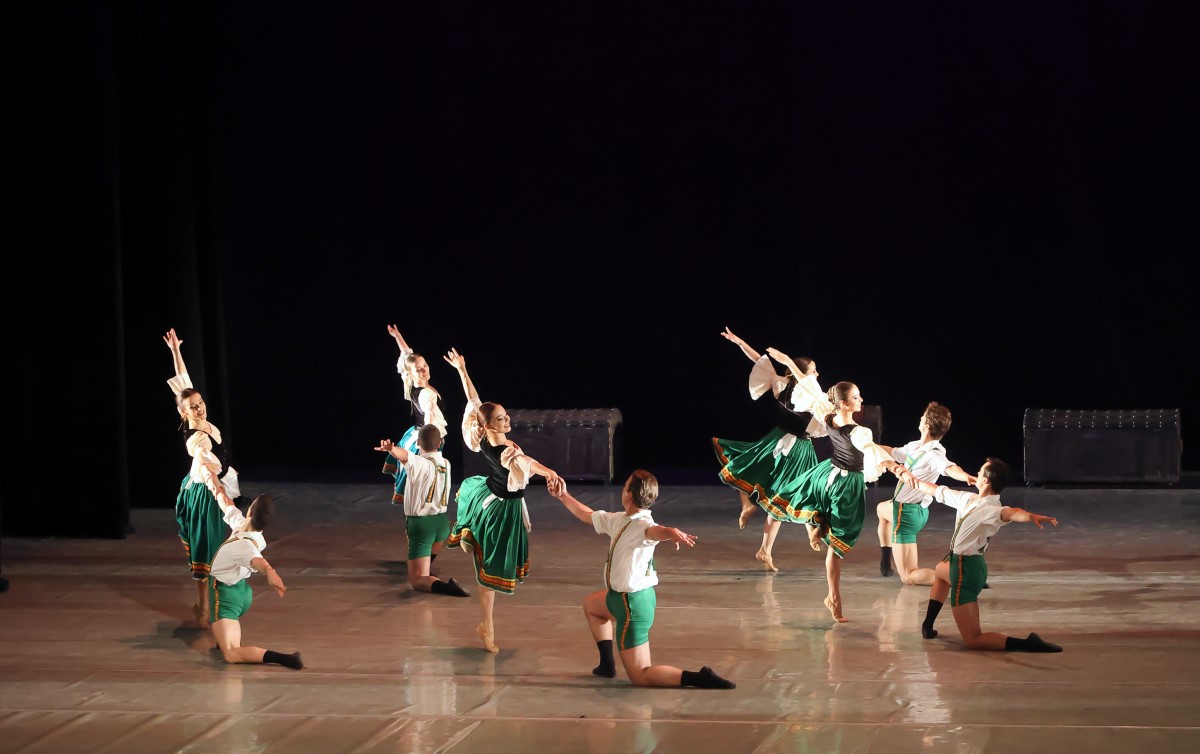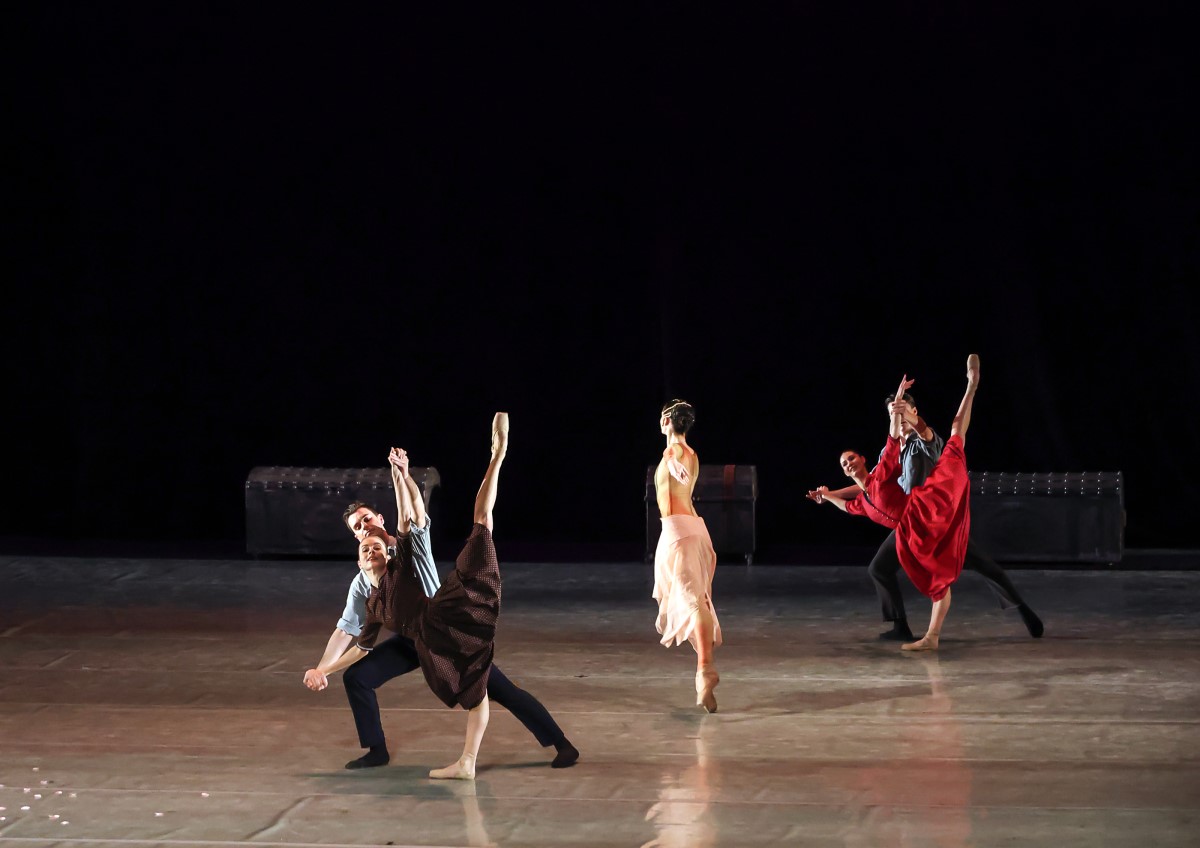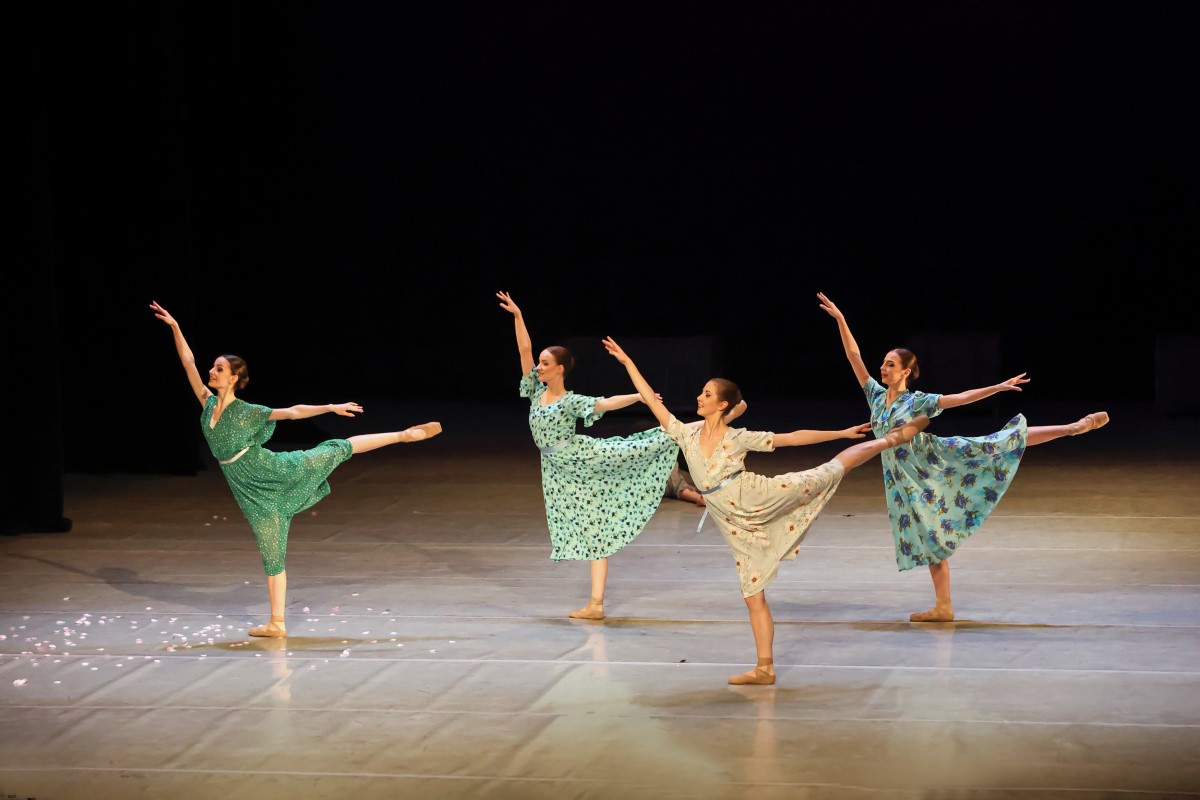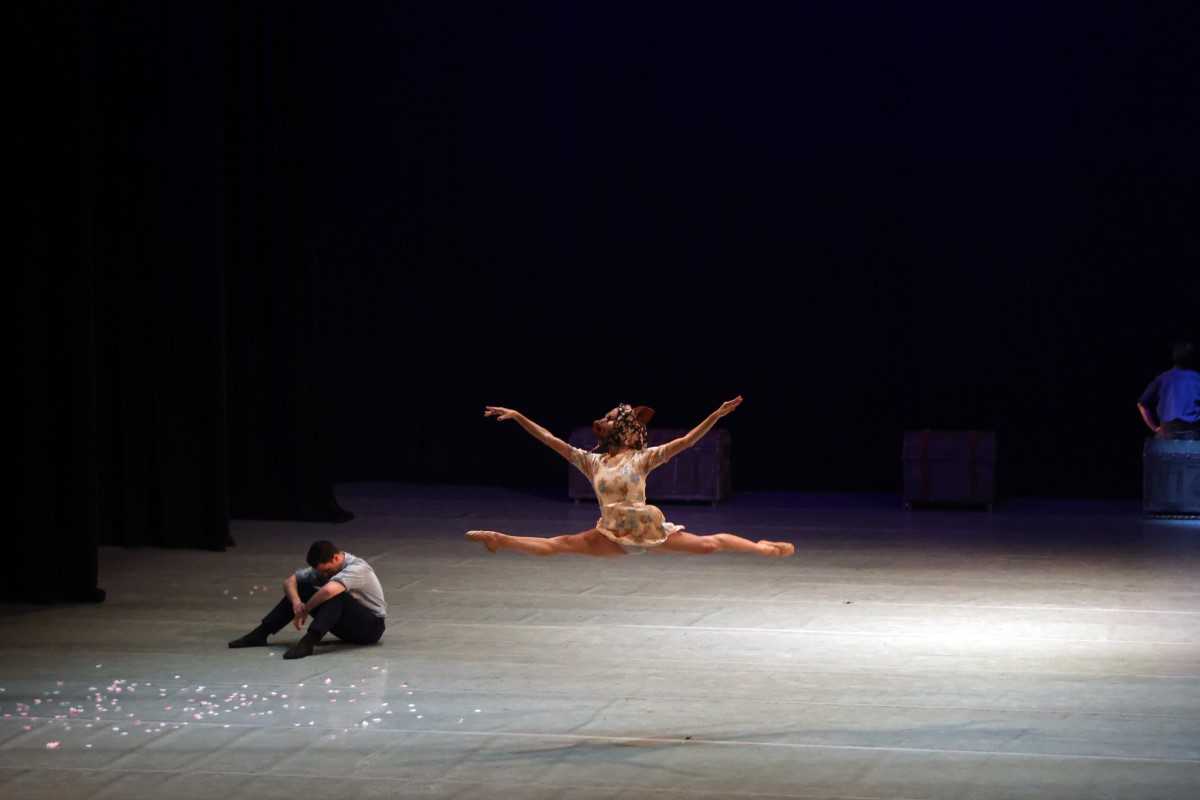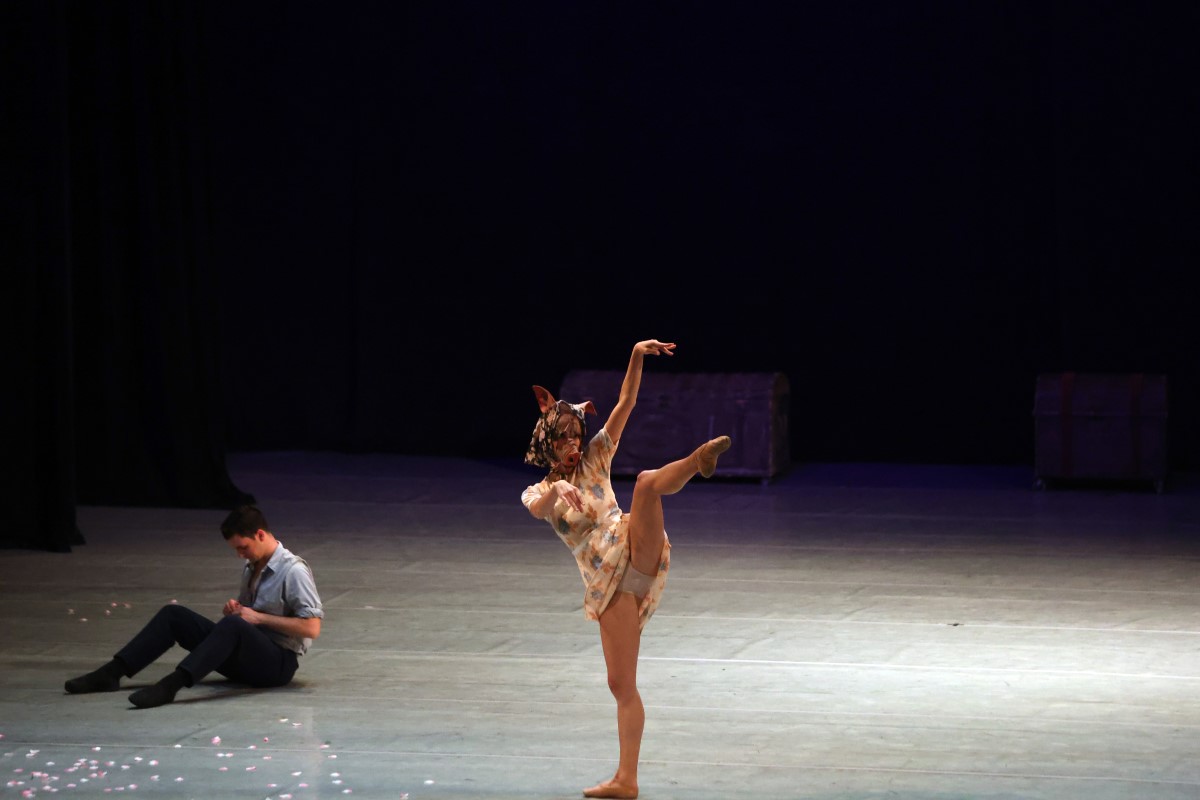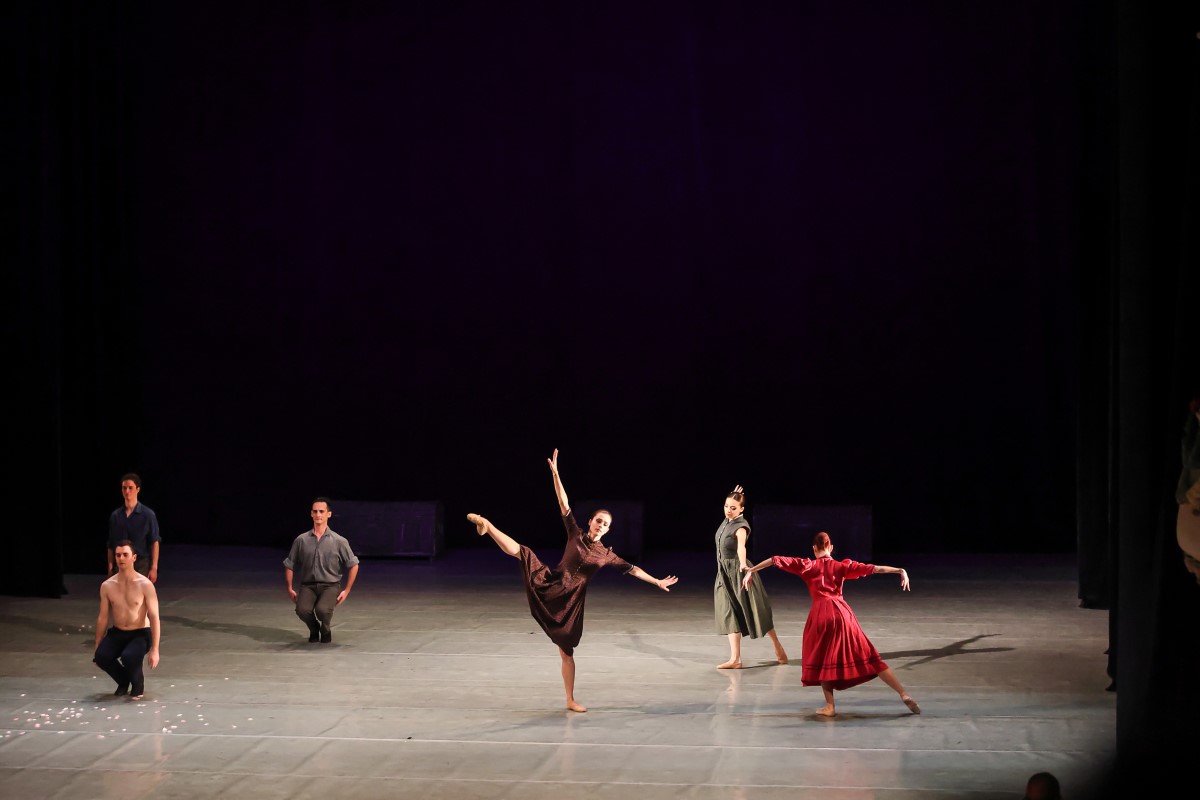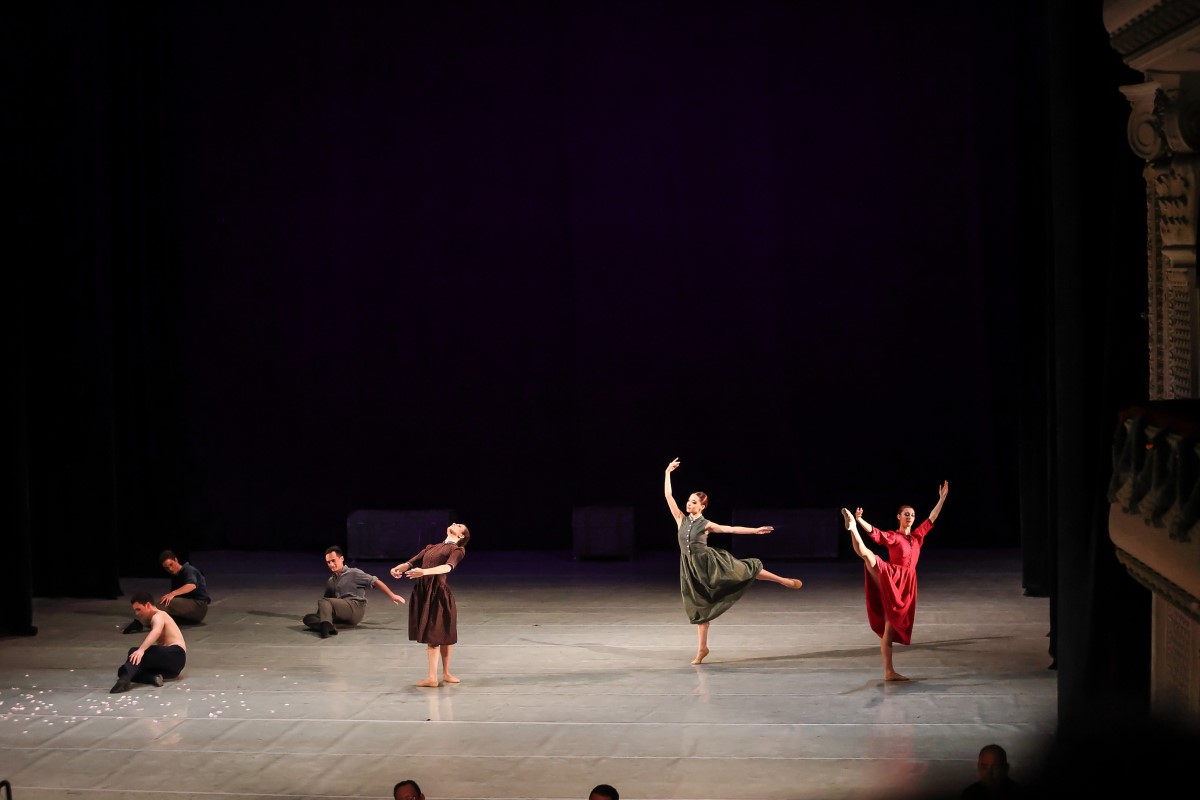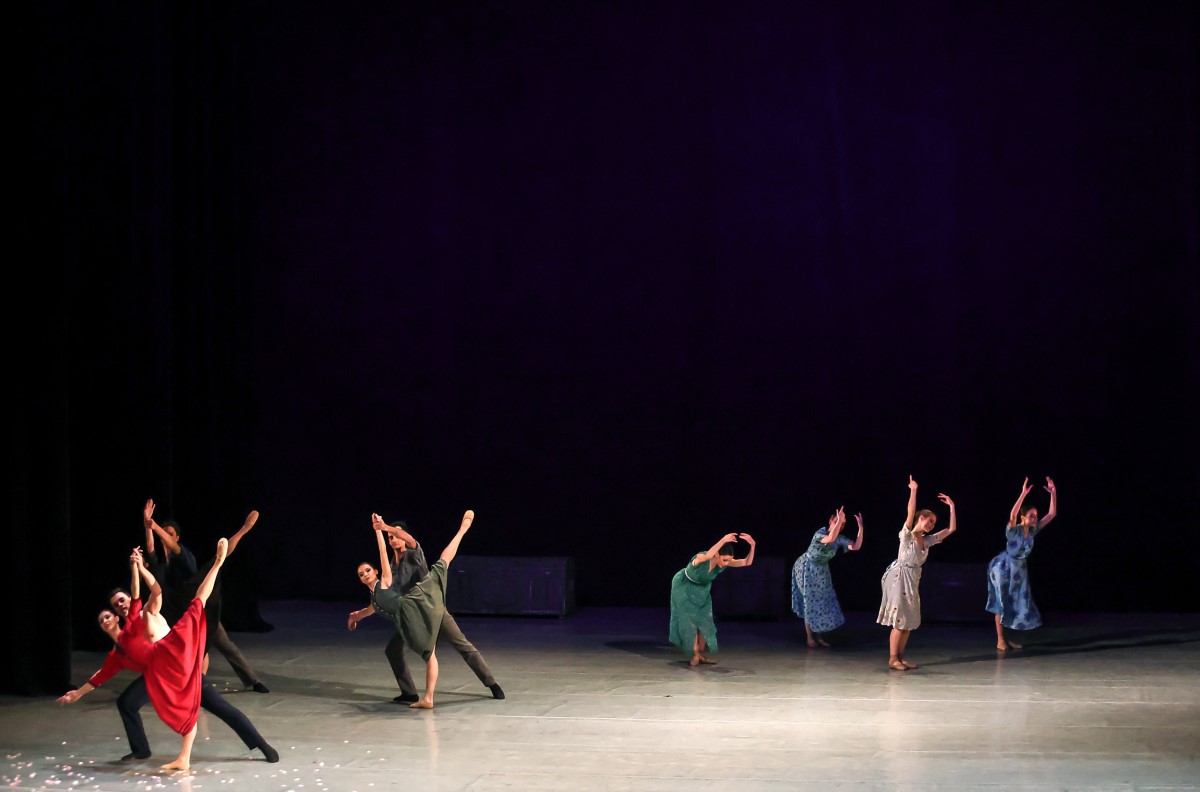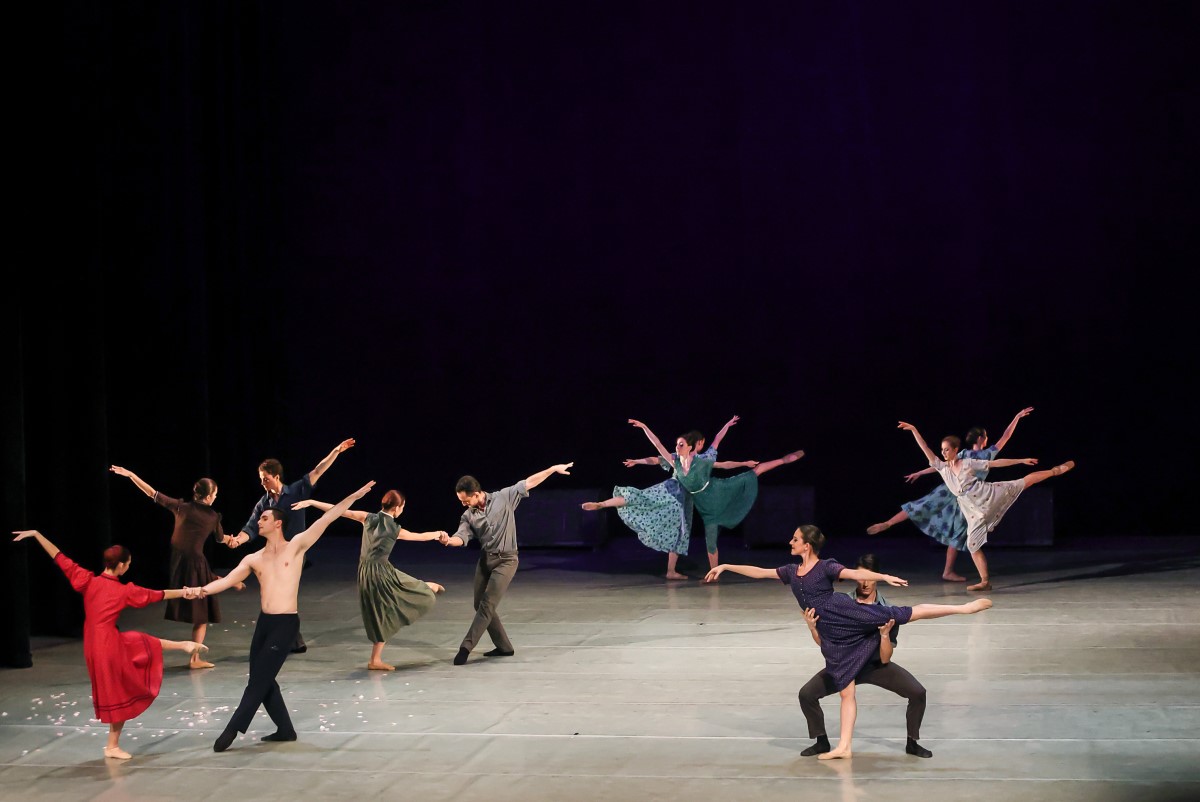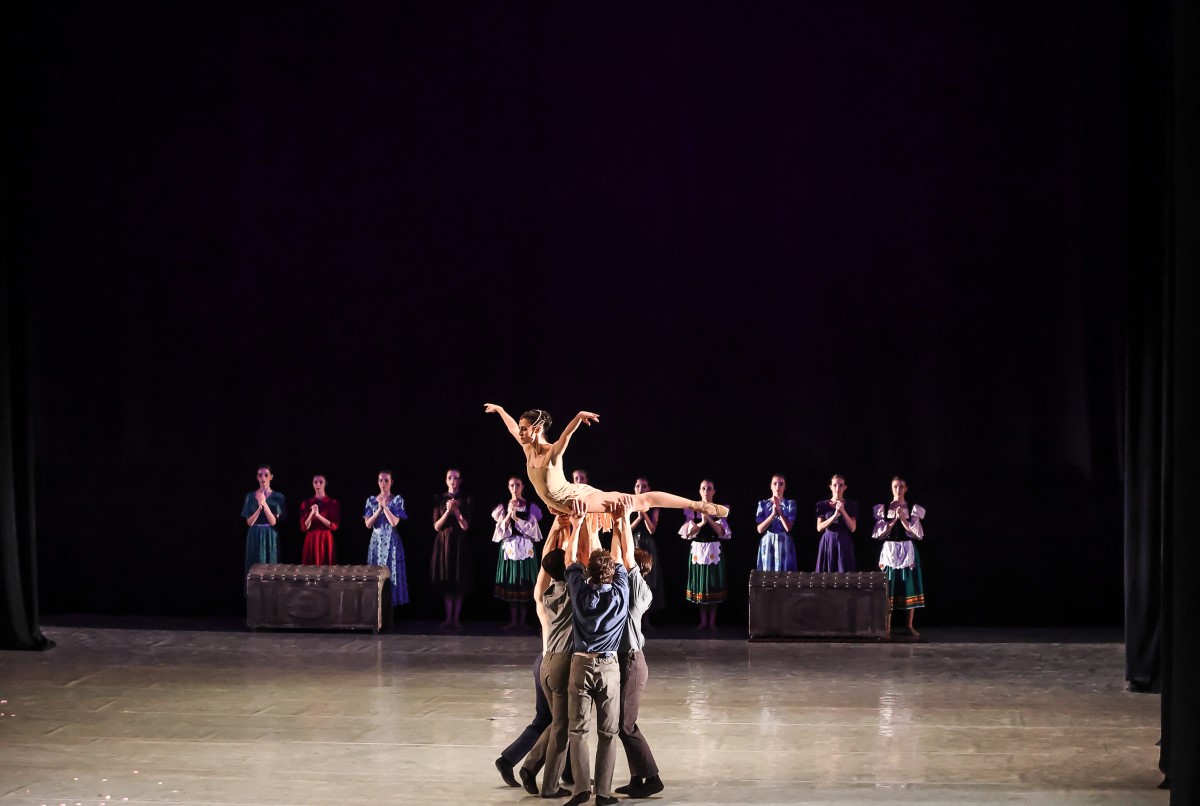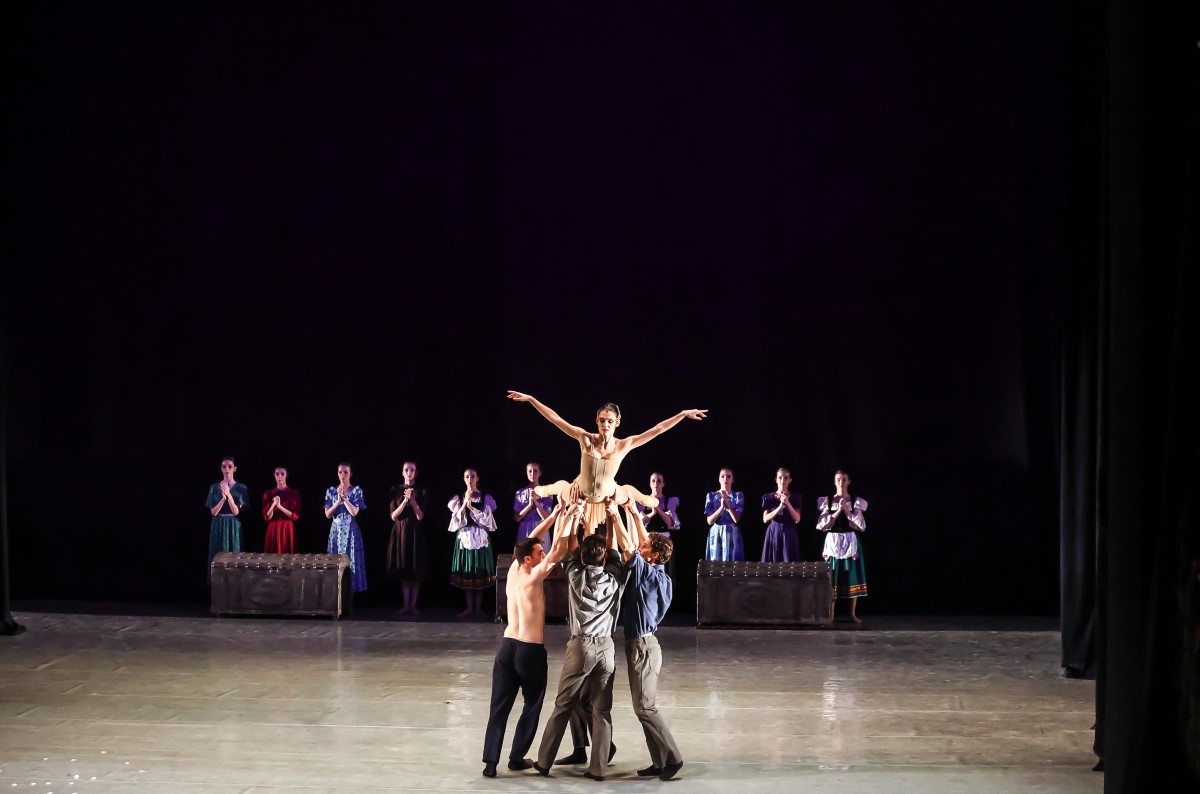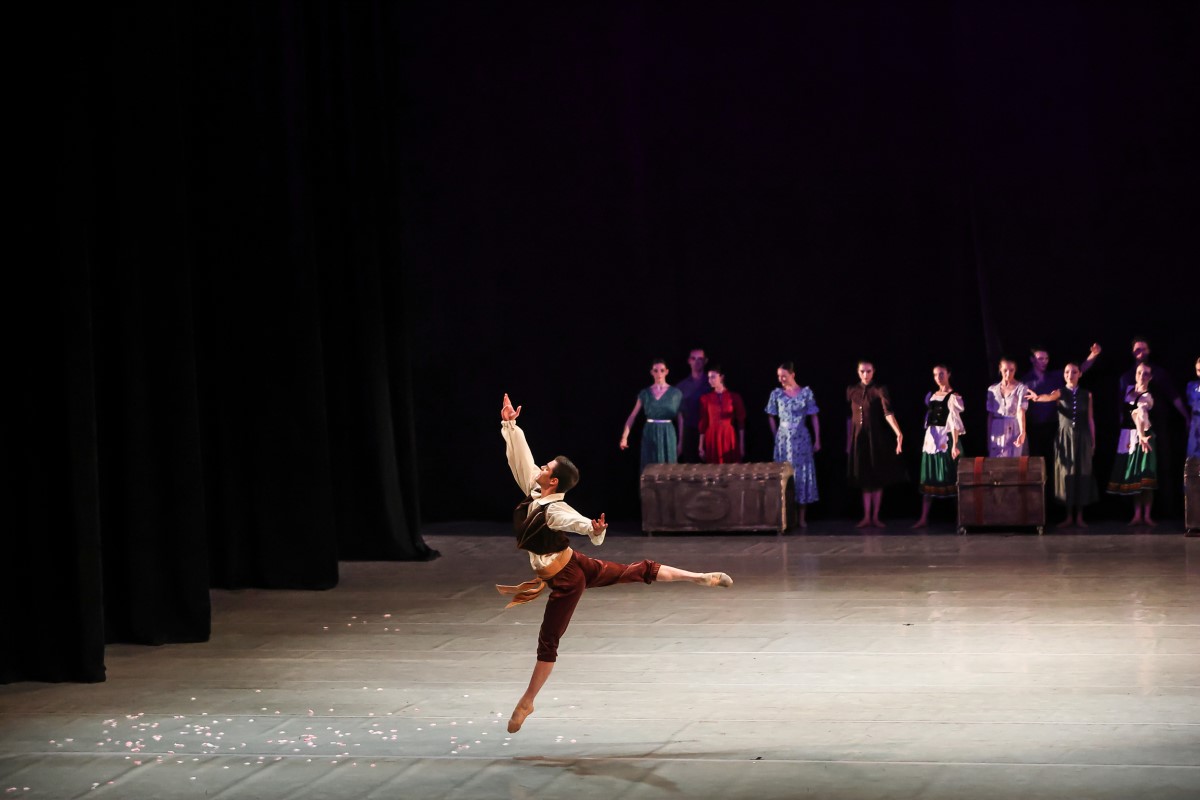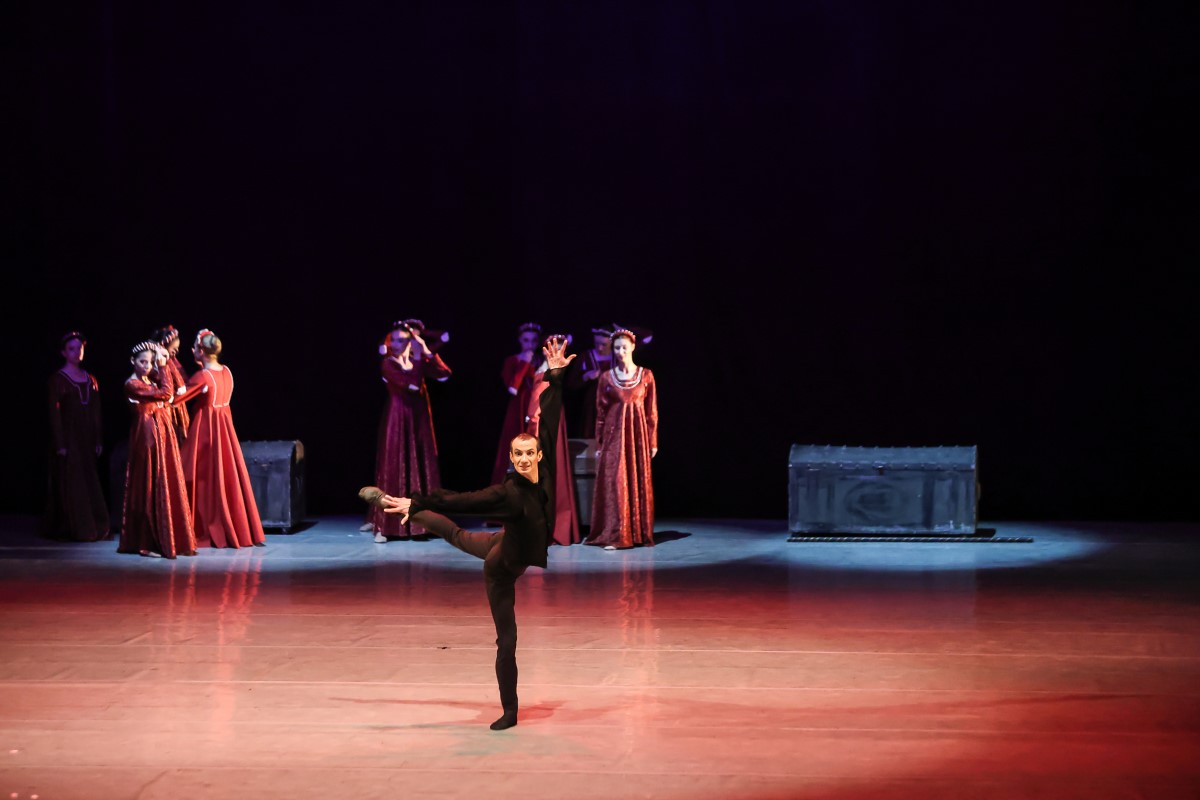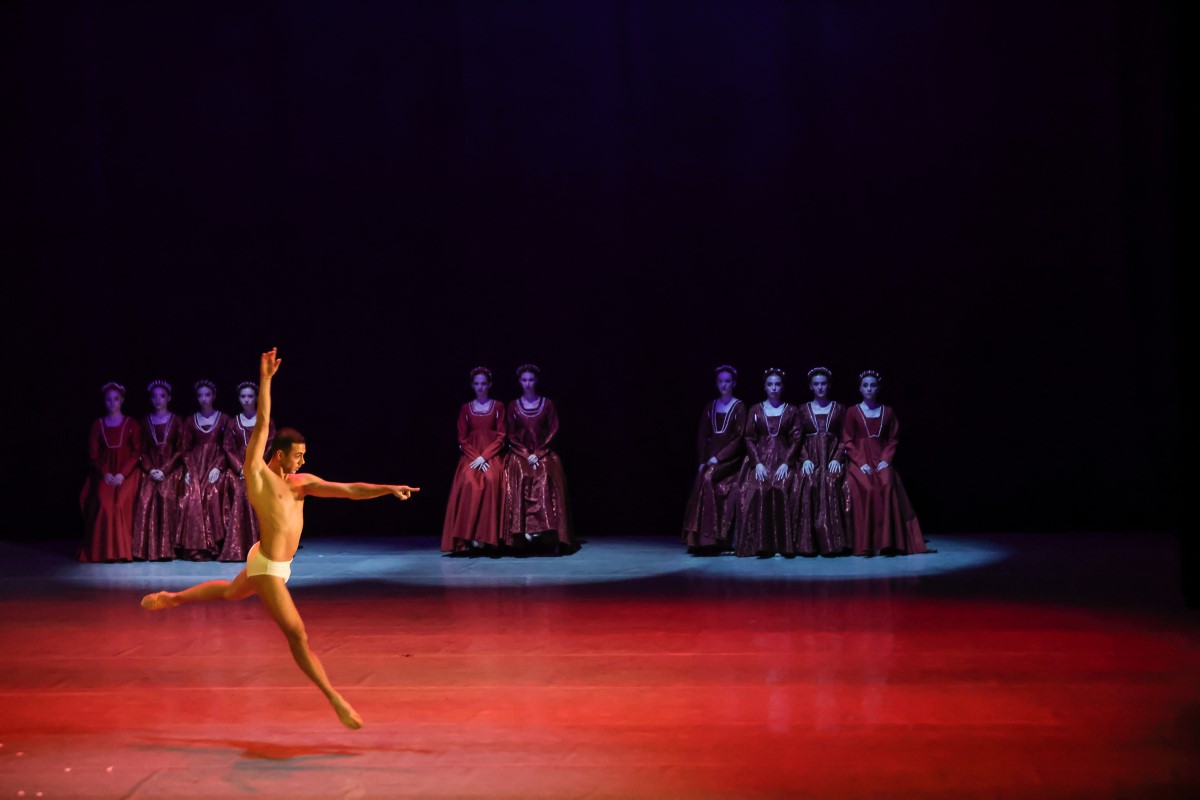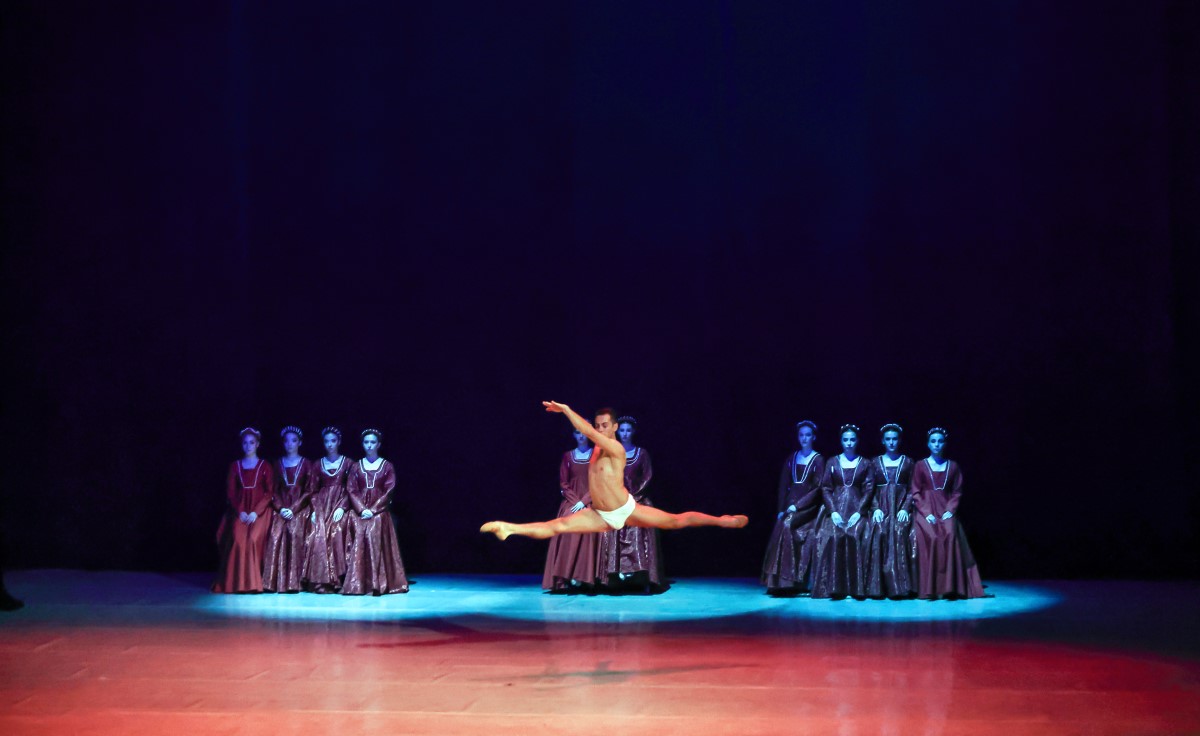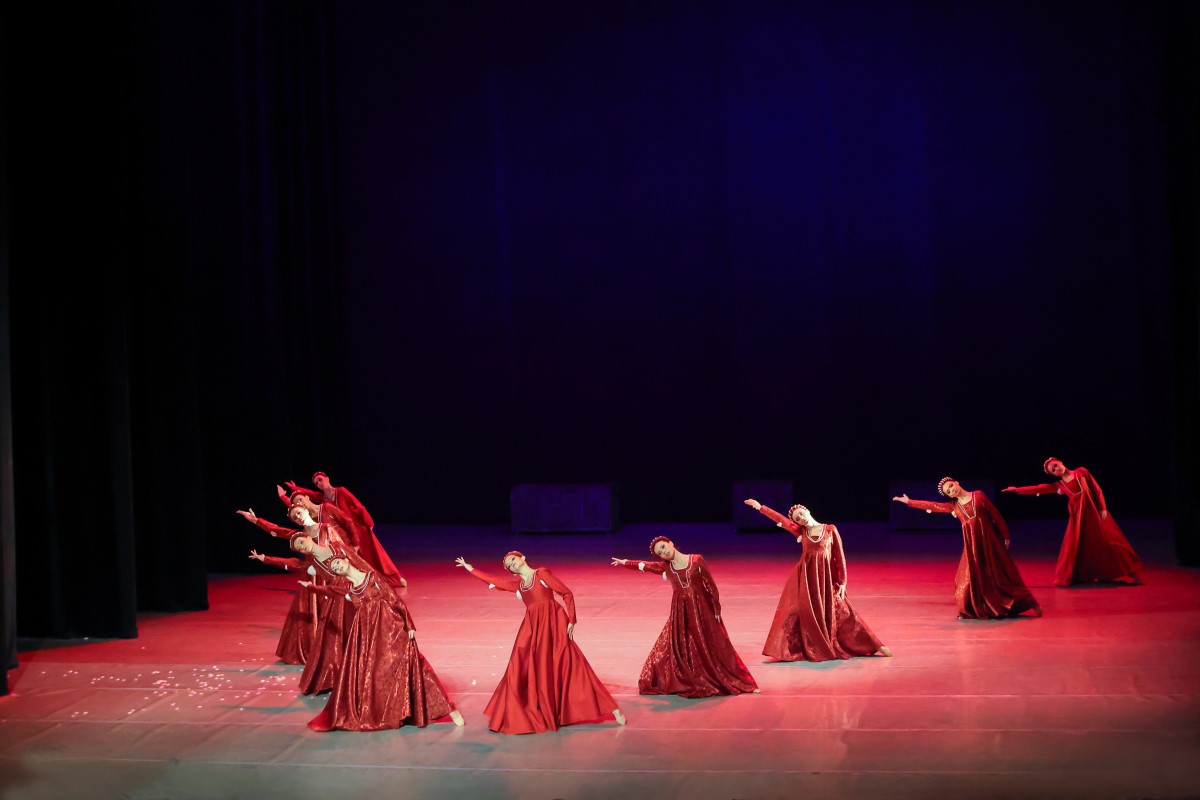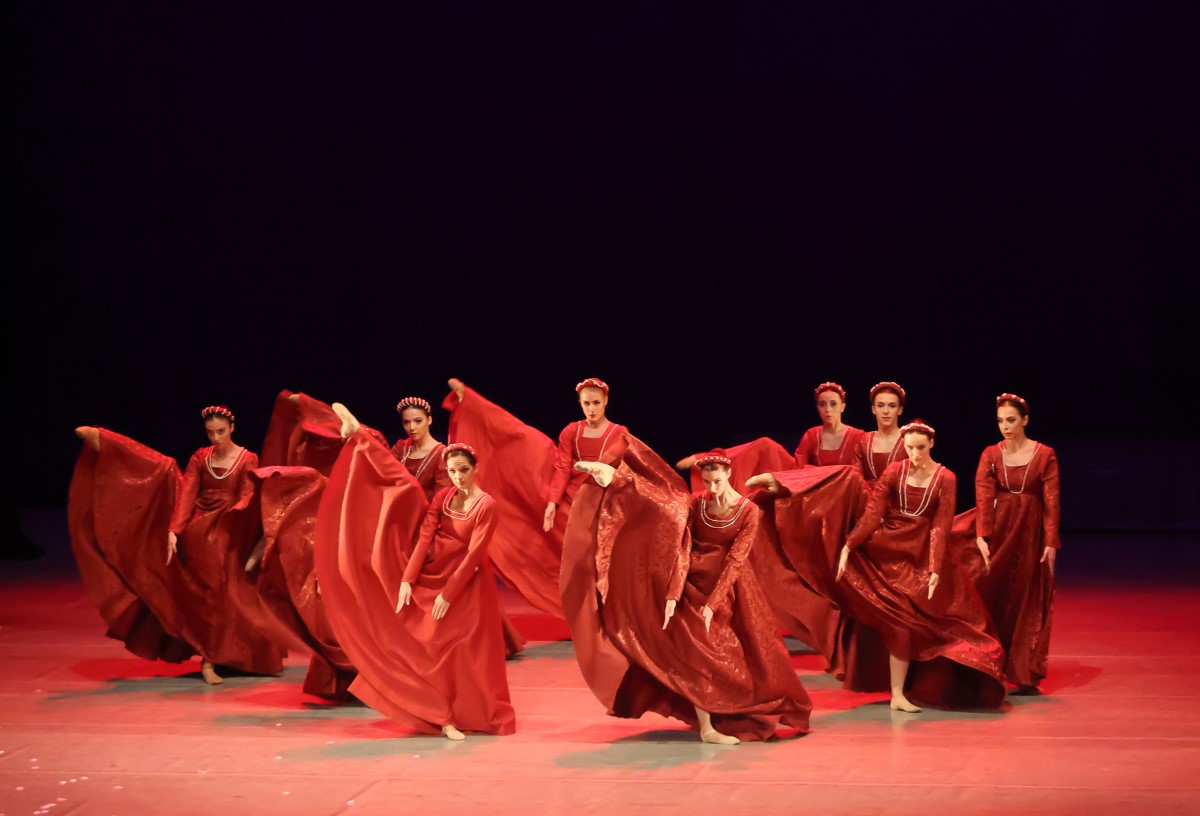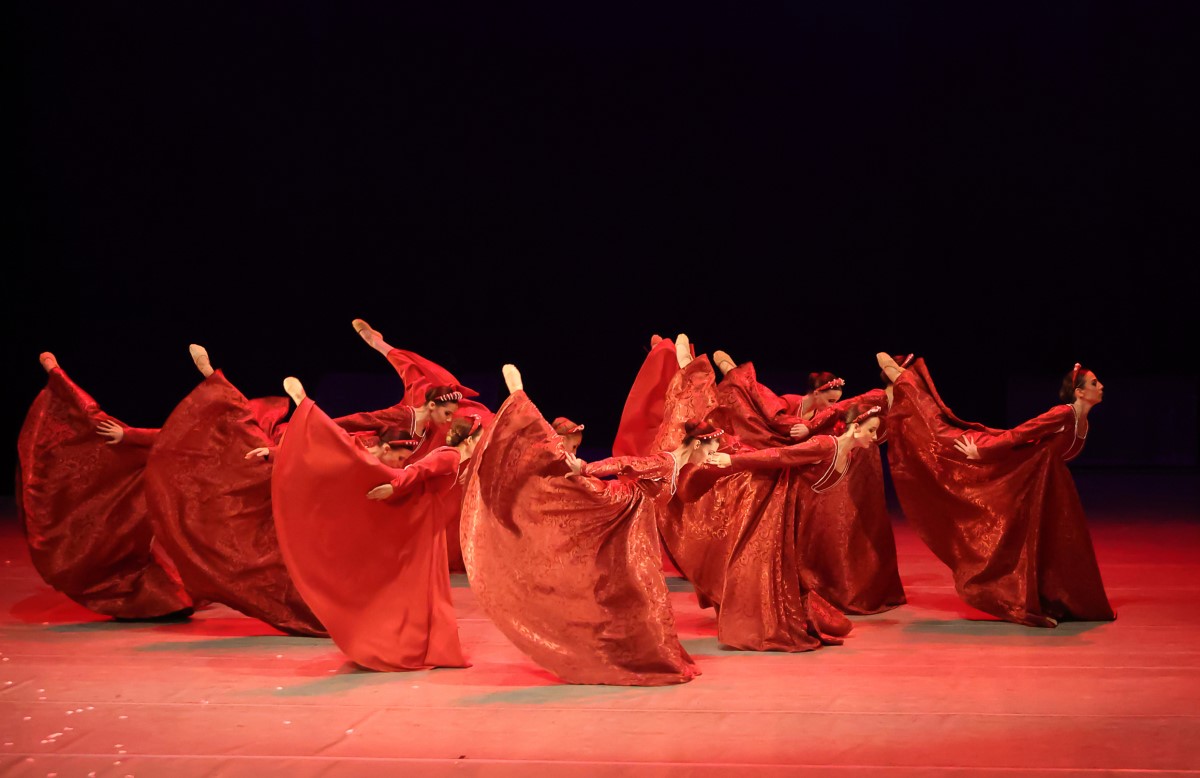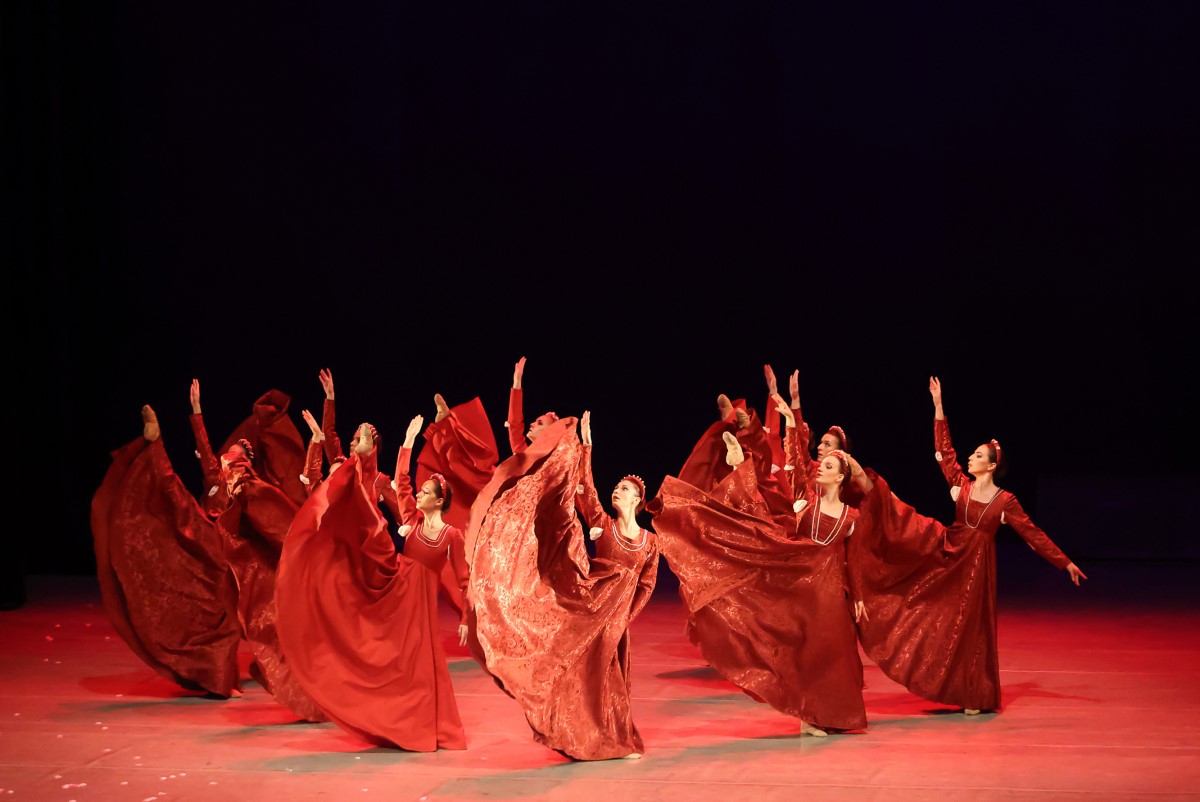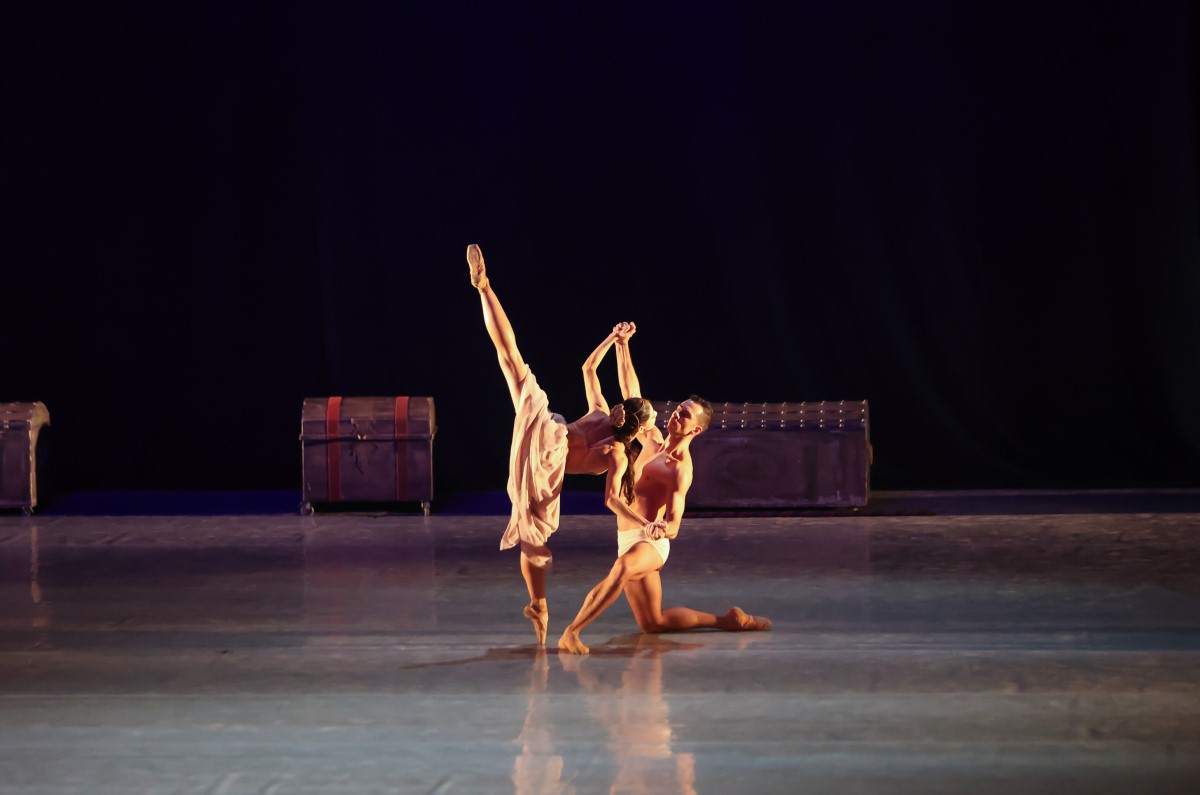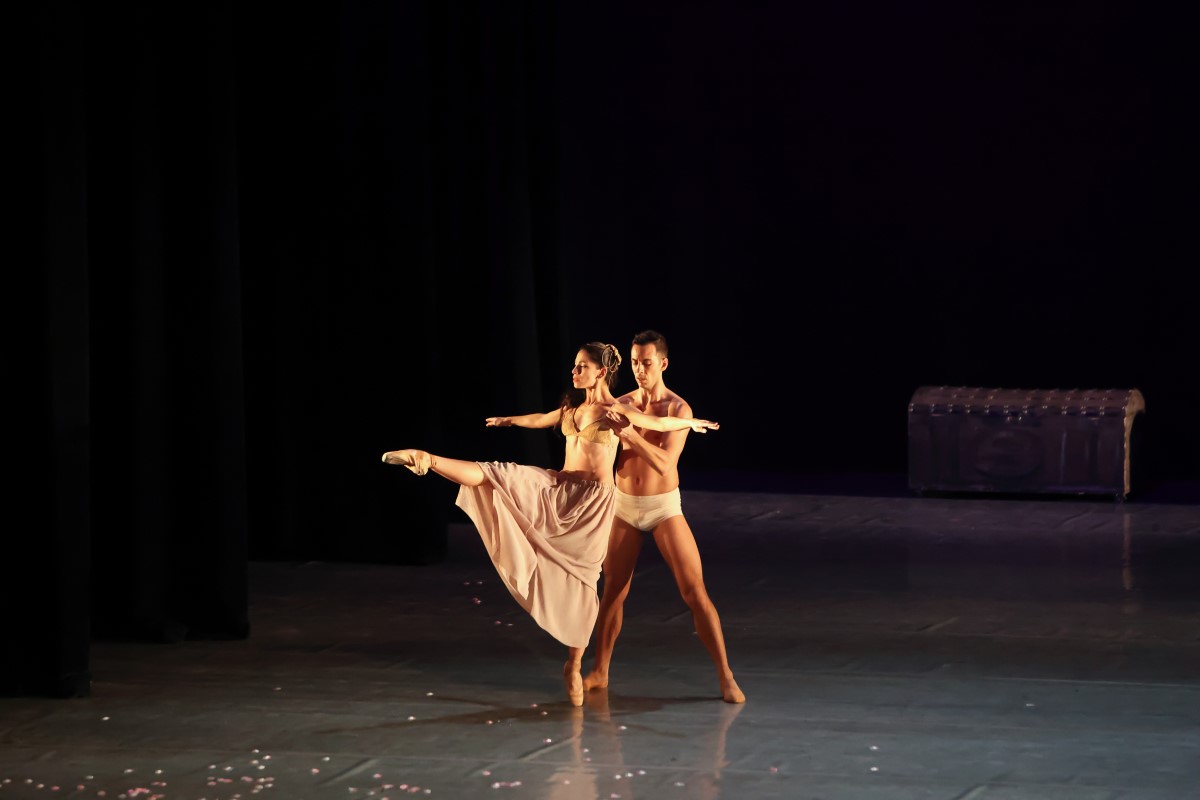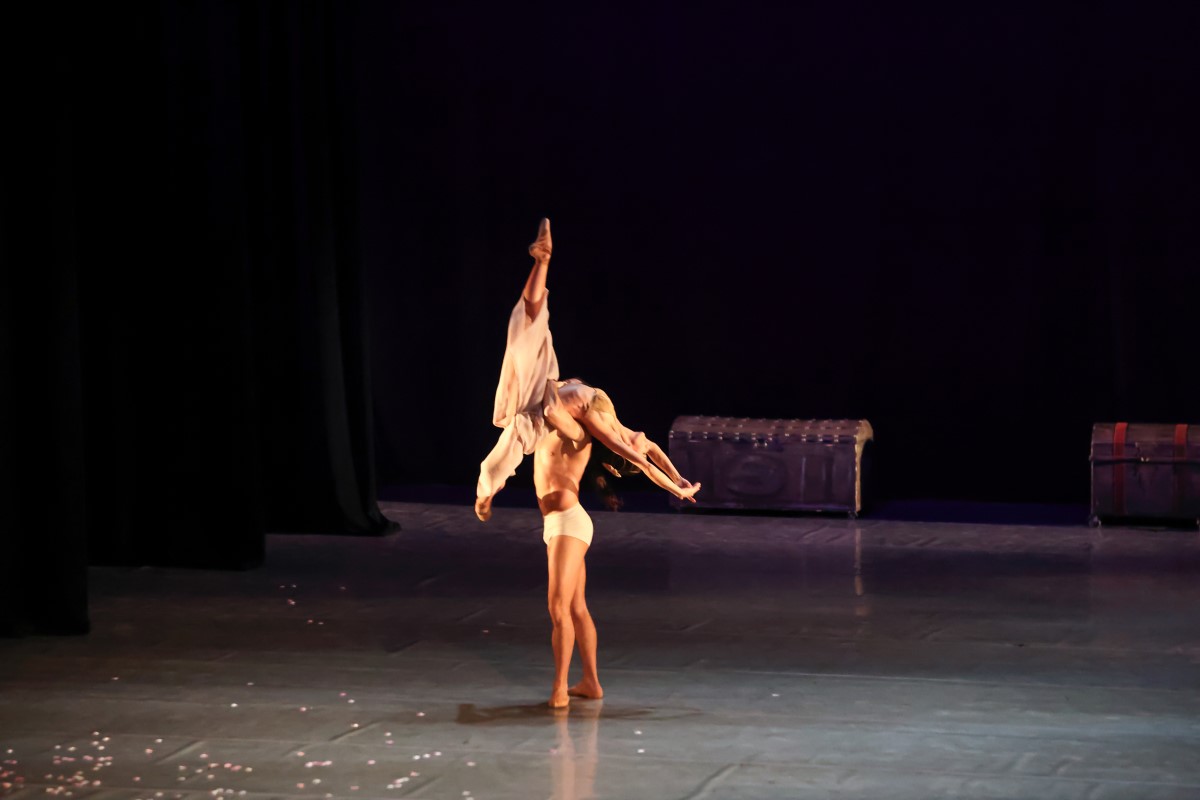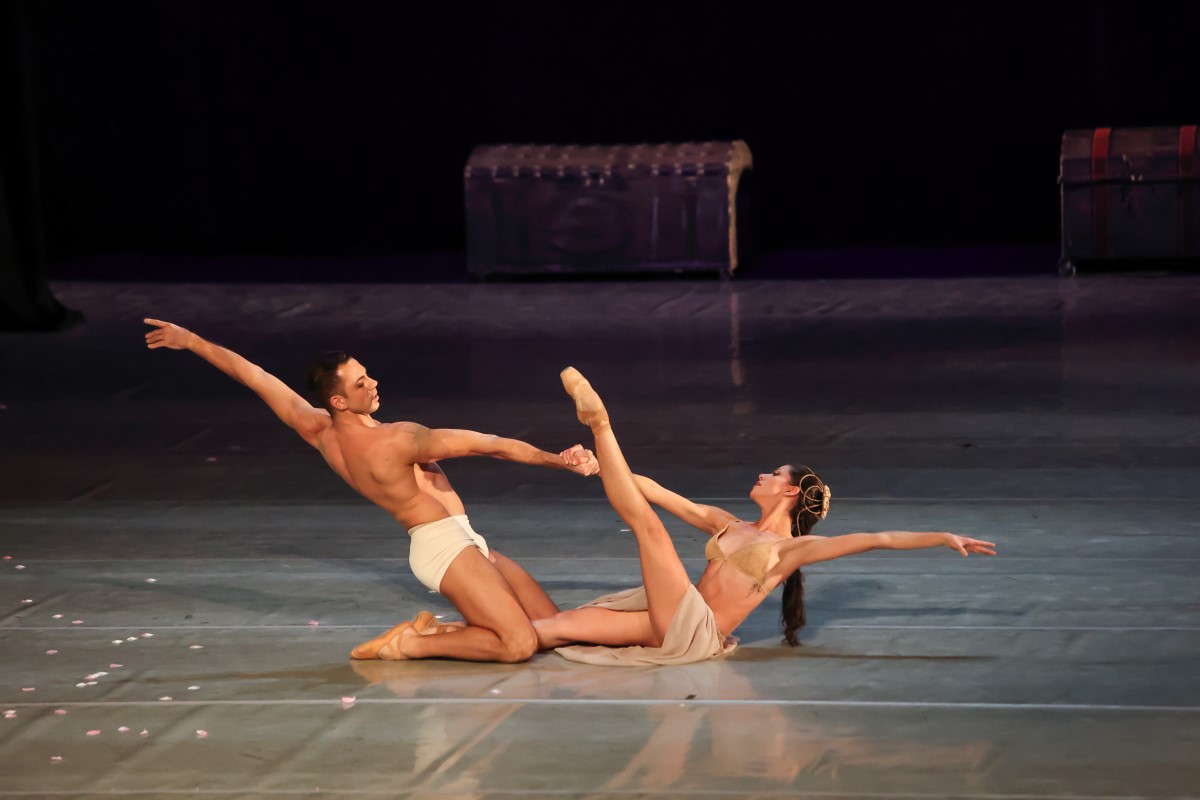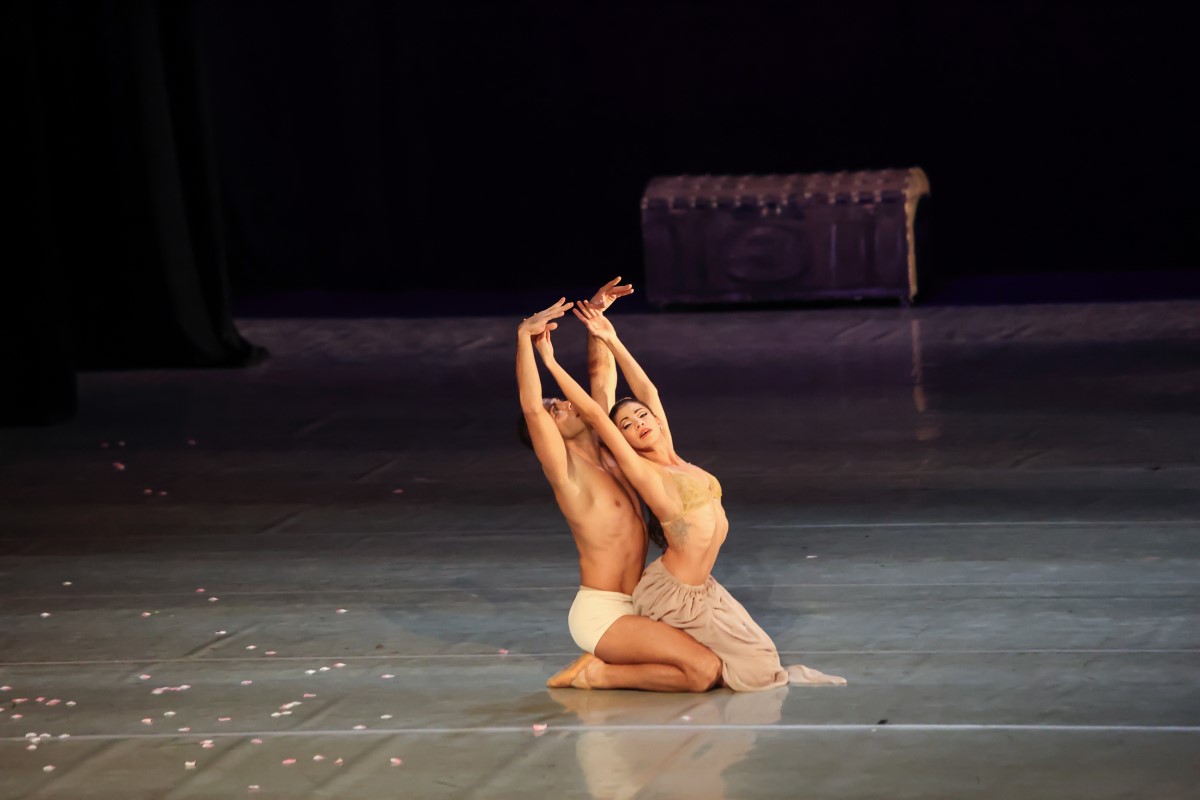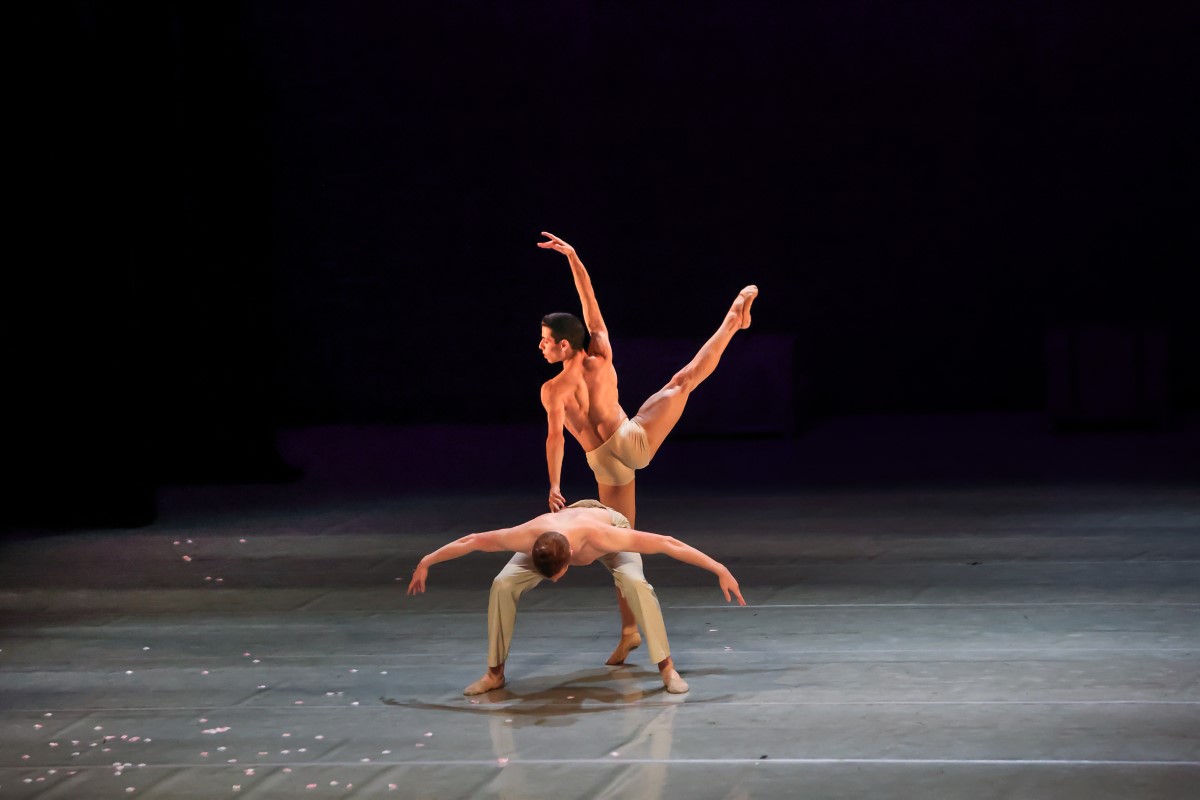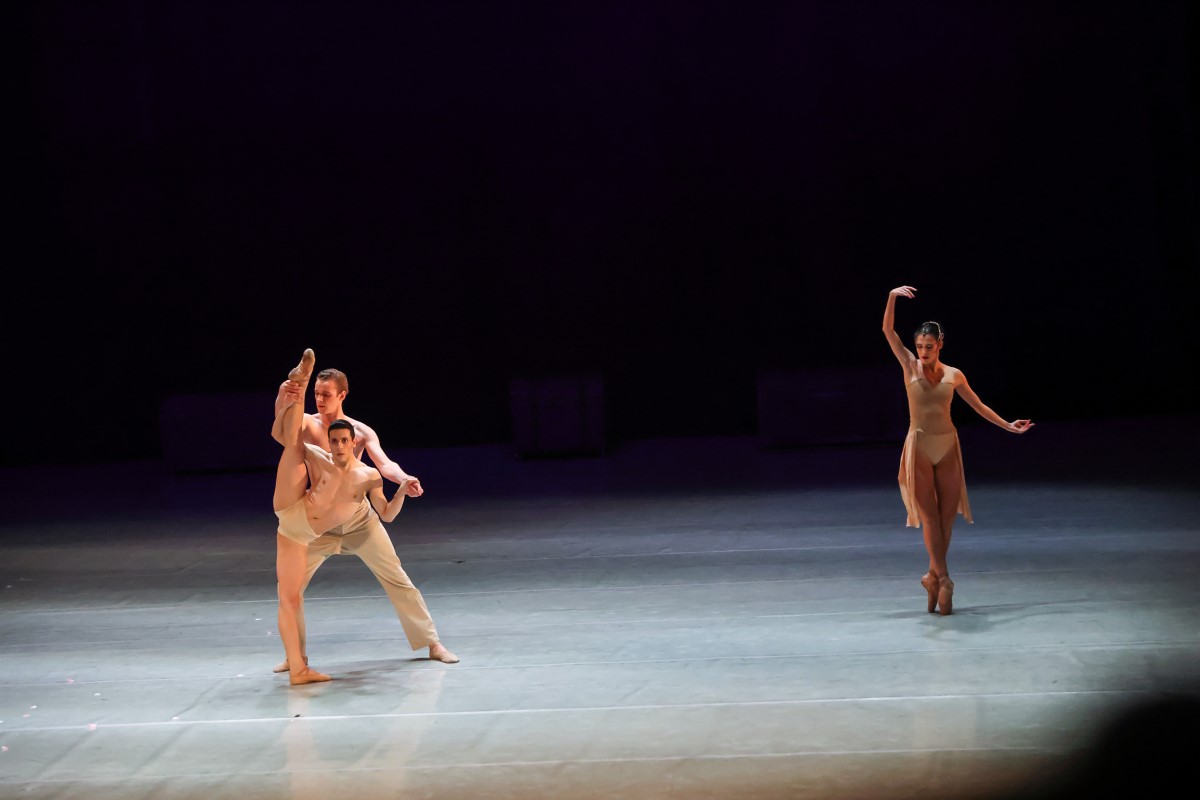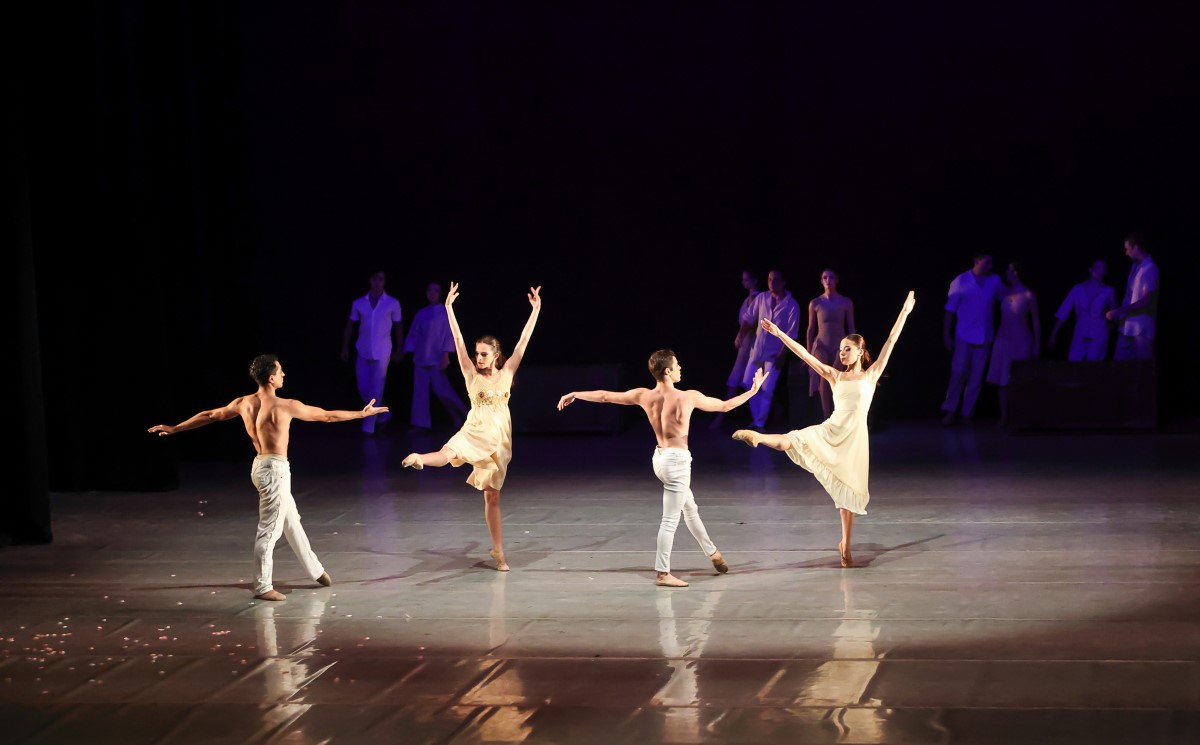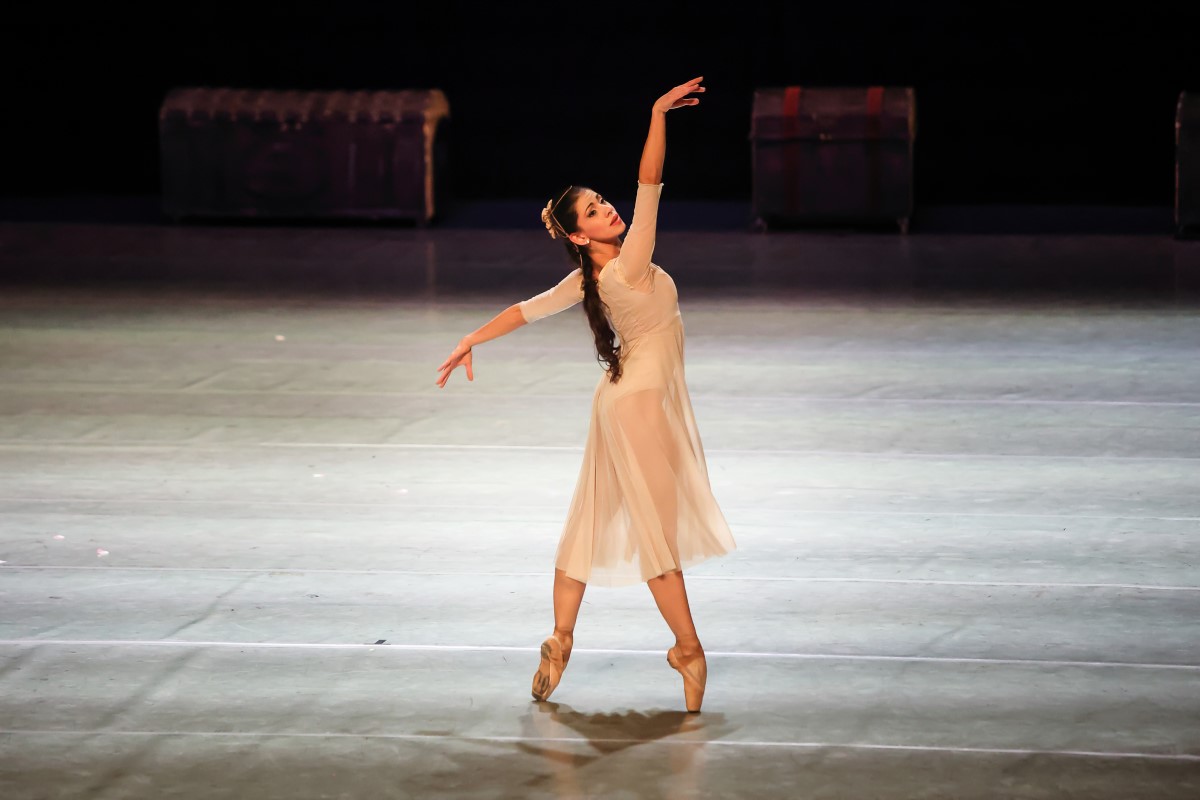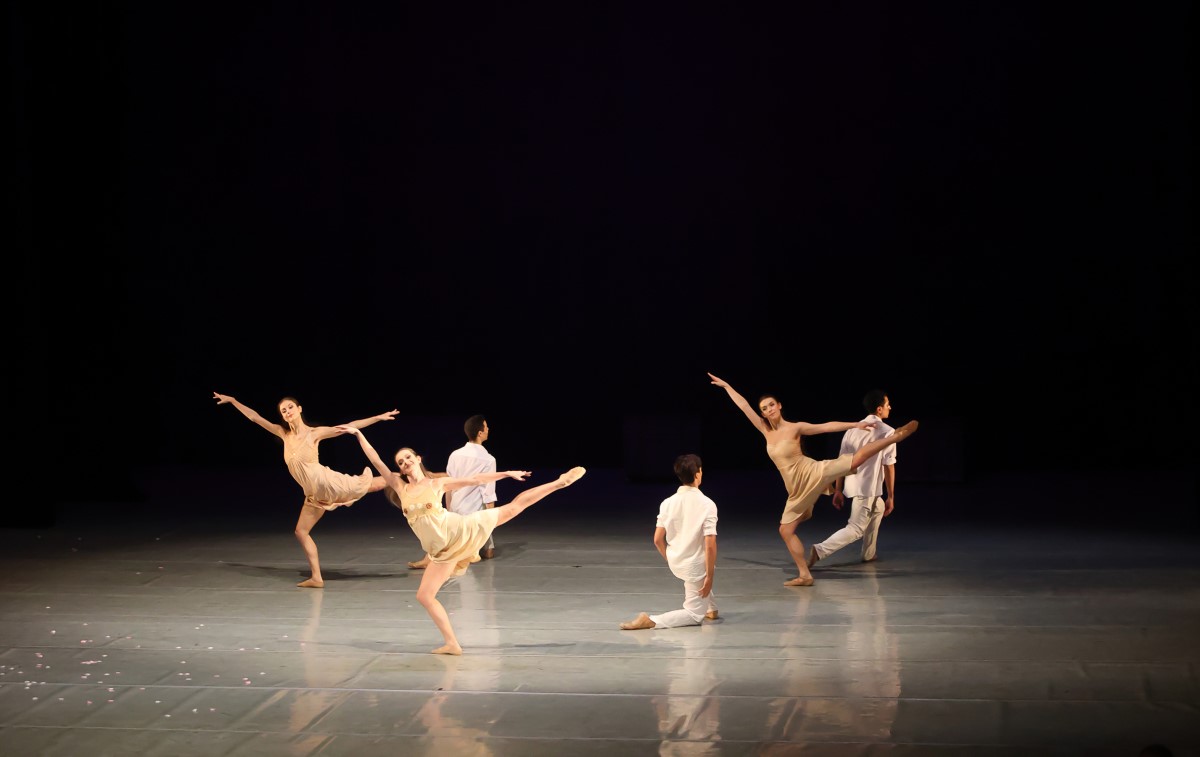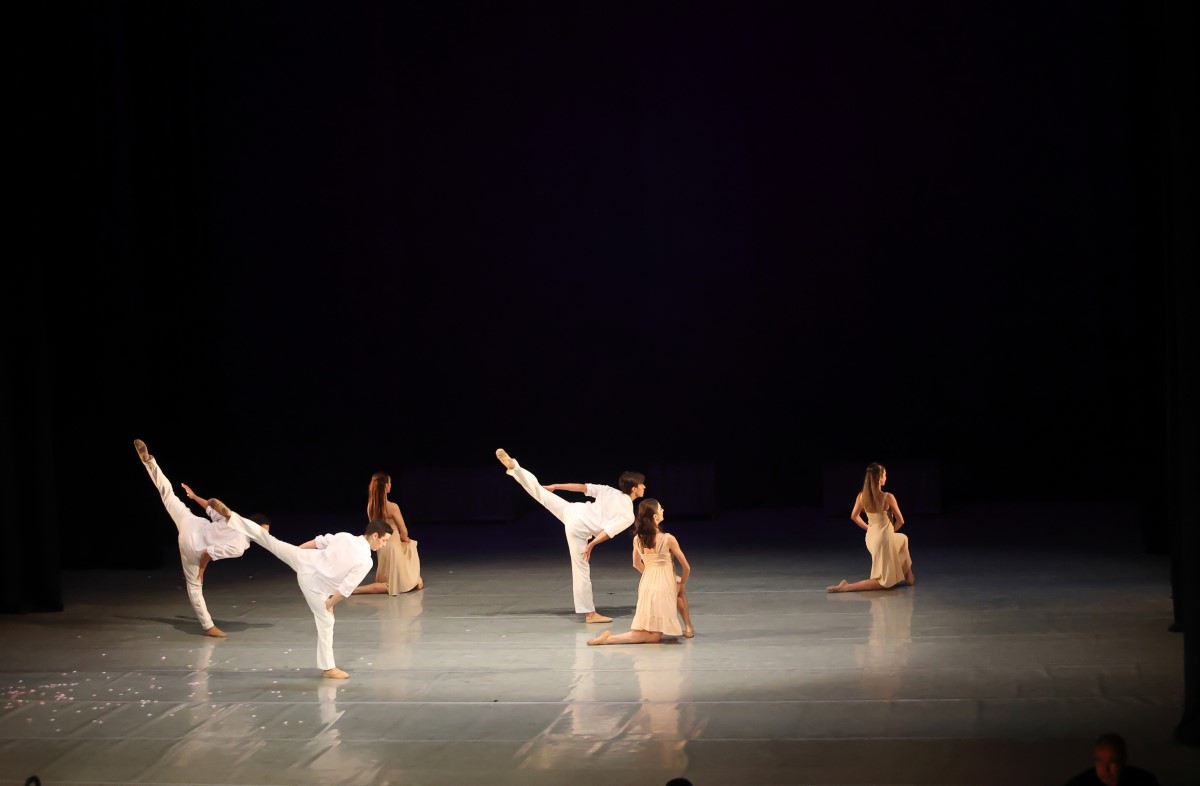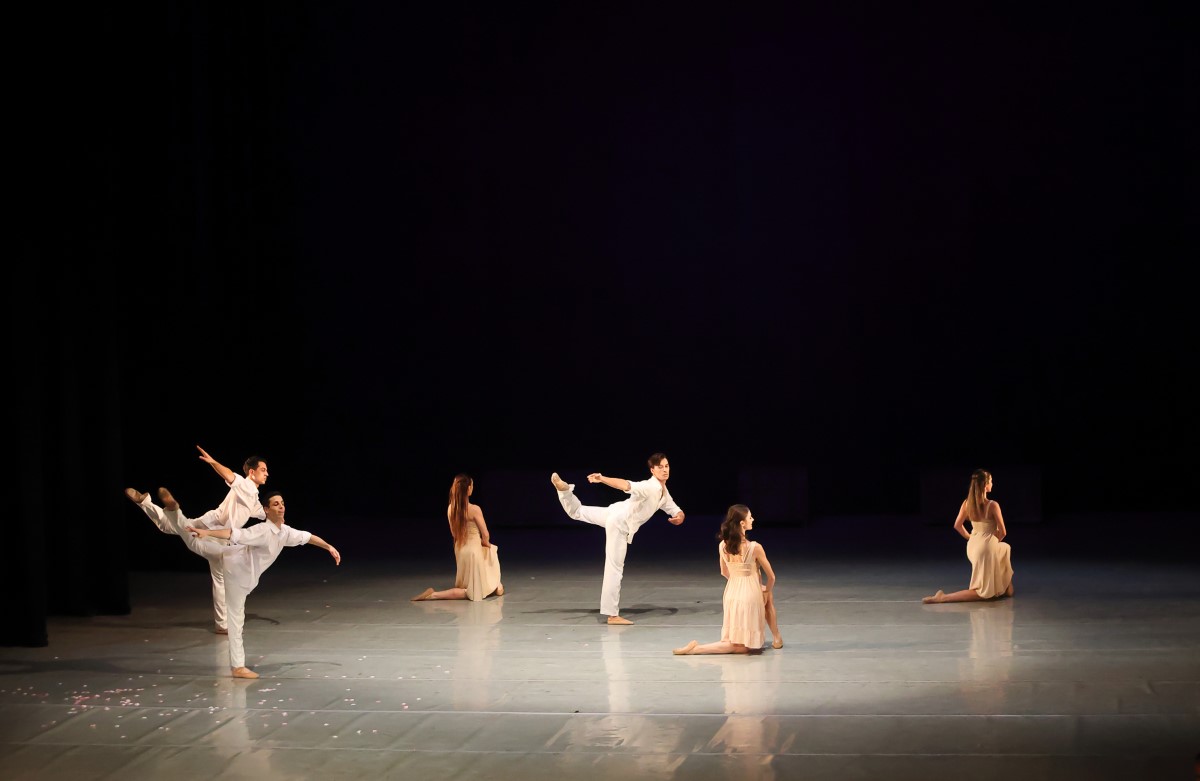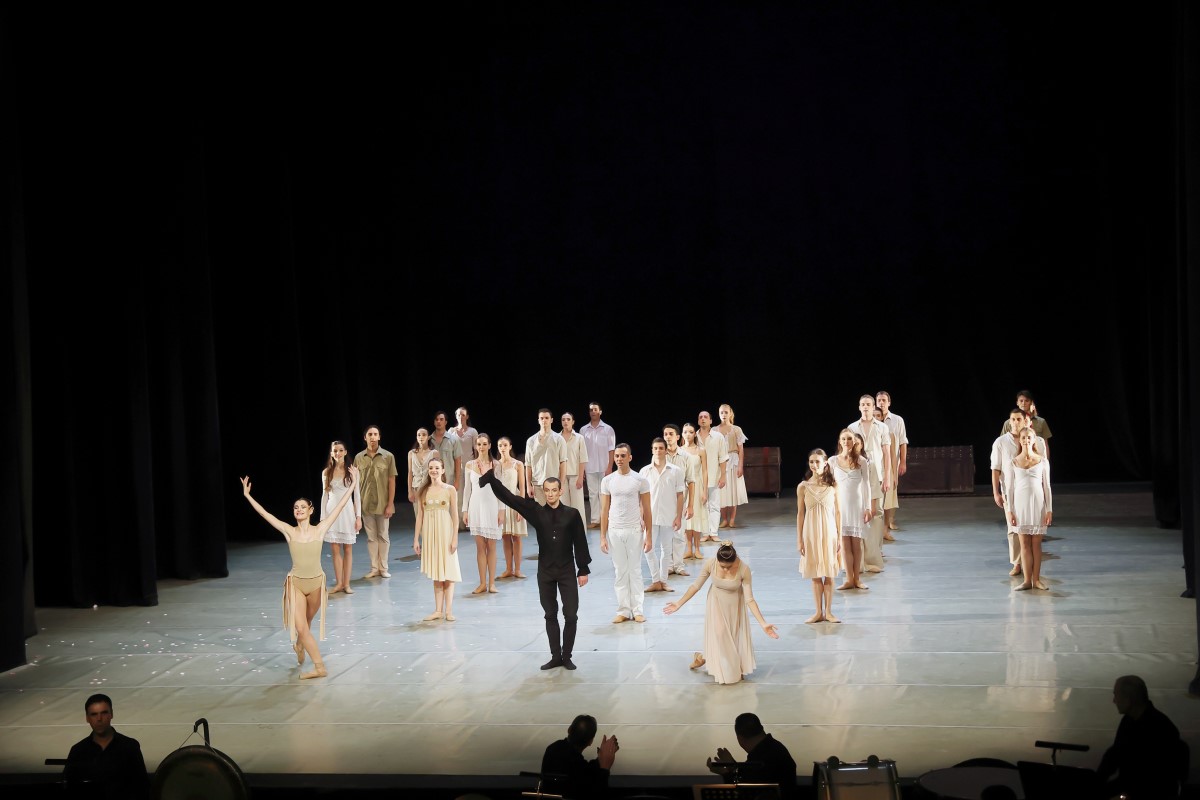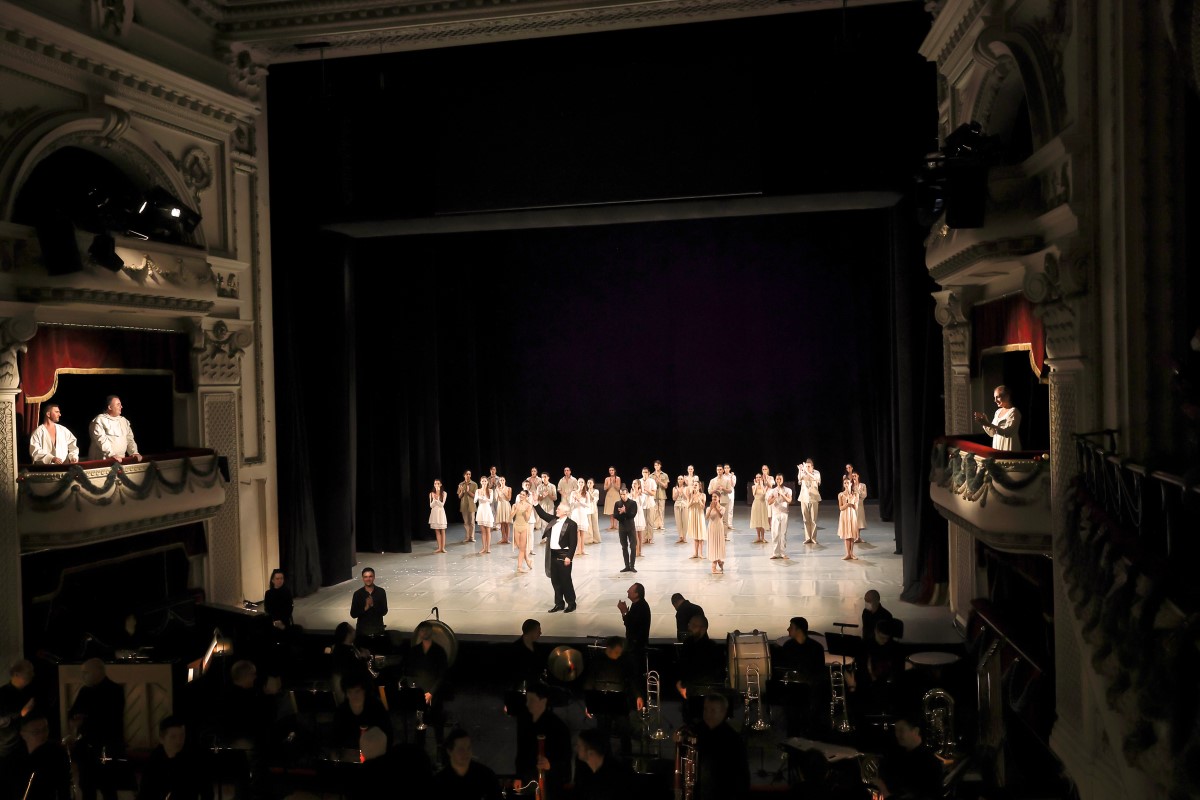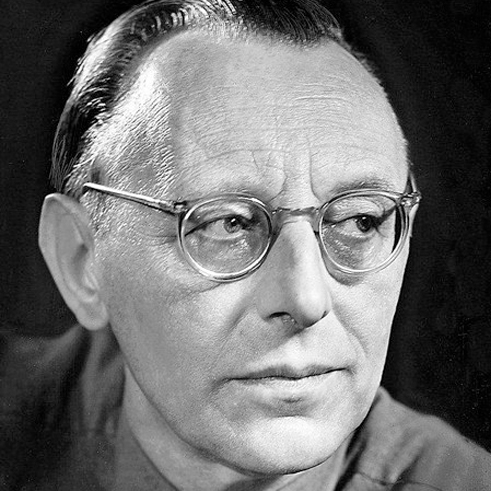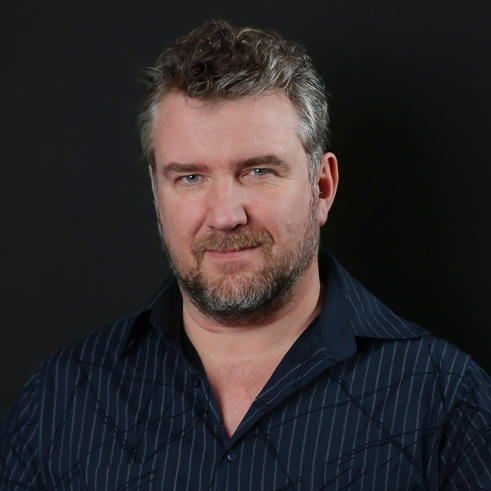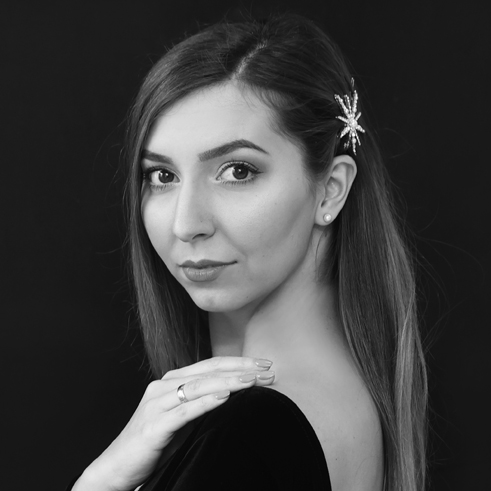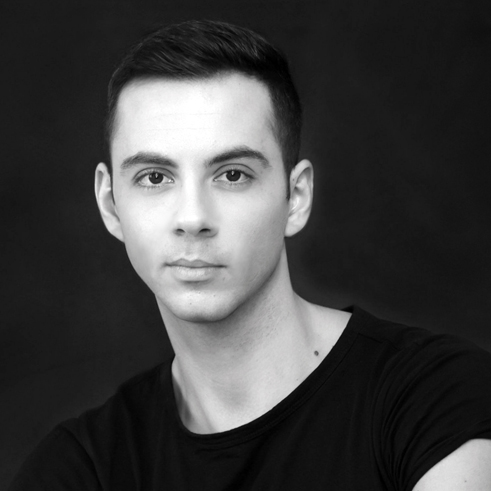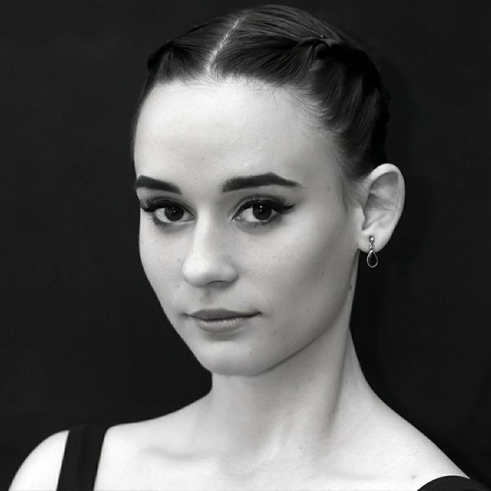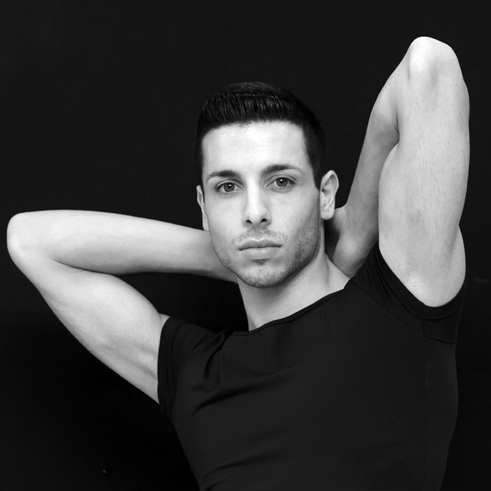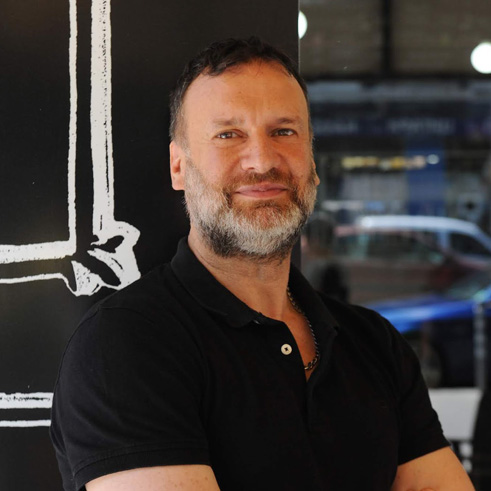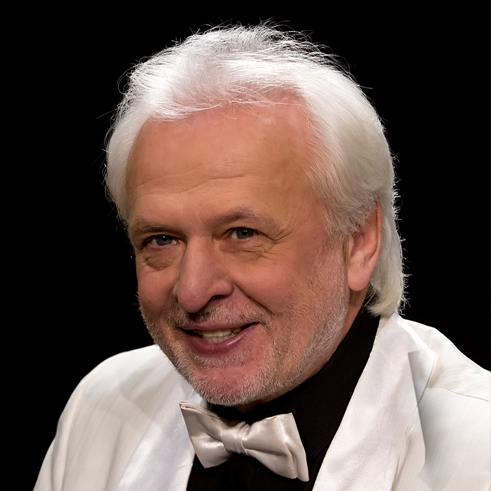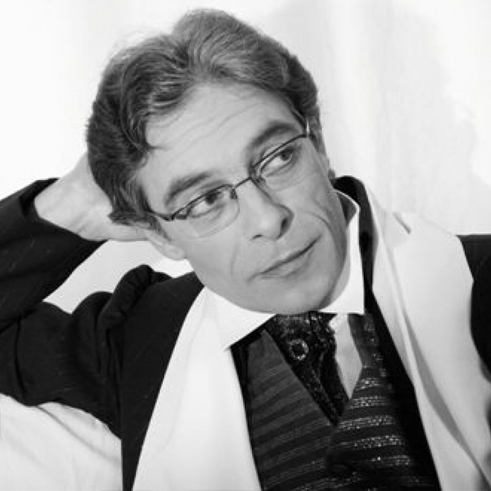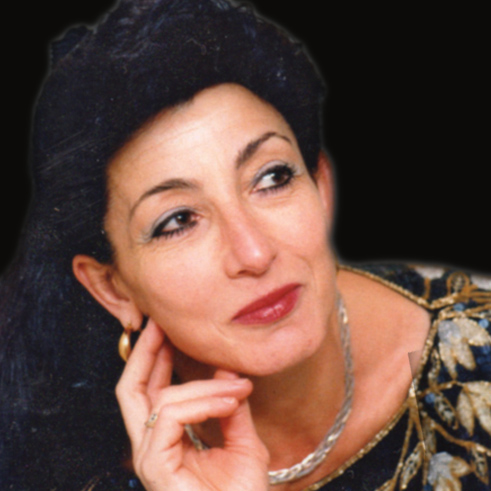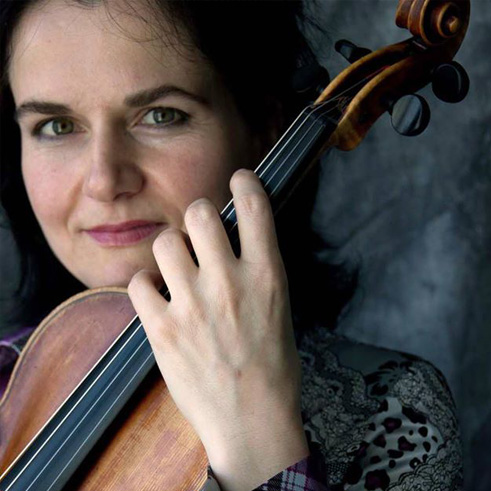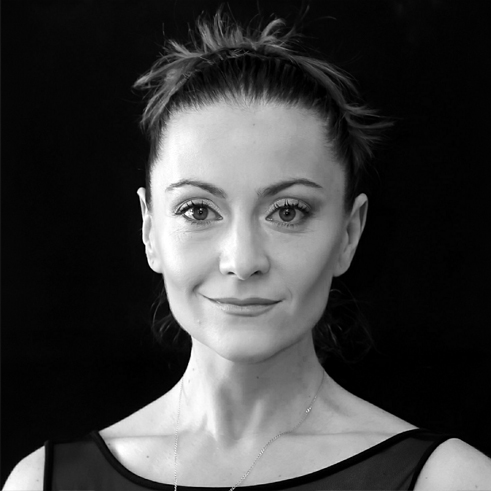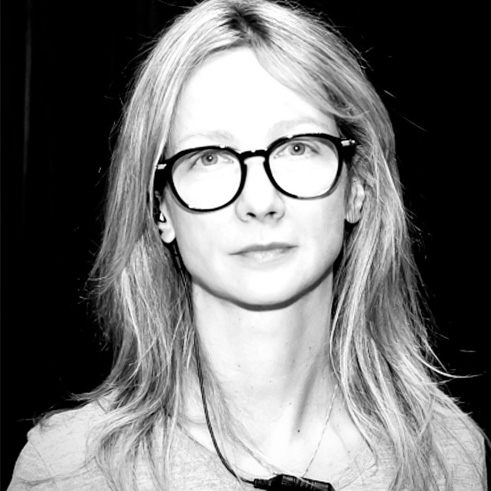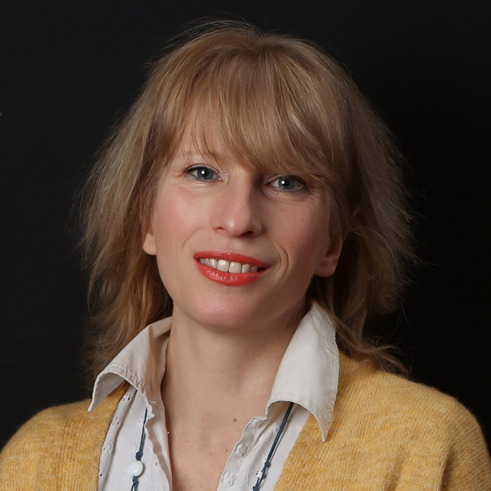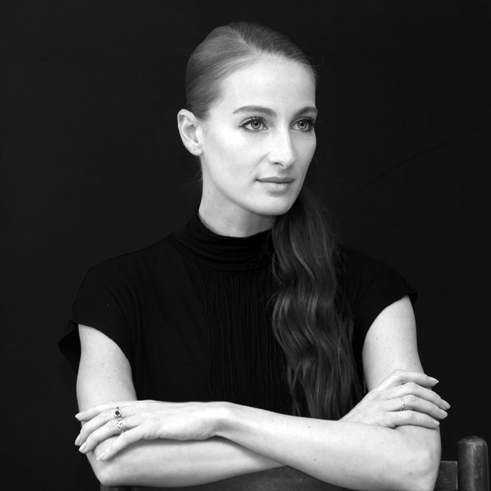CARMINA BURANA
Ballet to the music of Carl Orff's oratorio
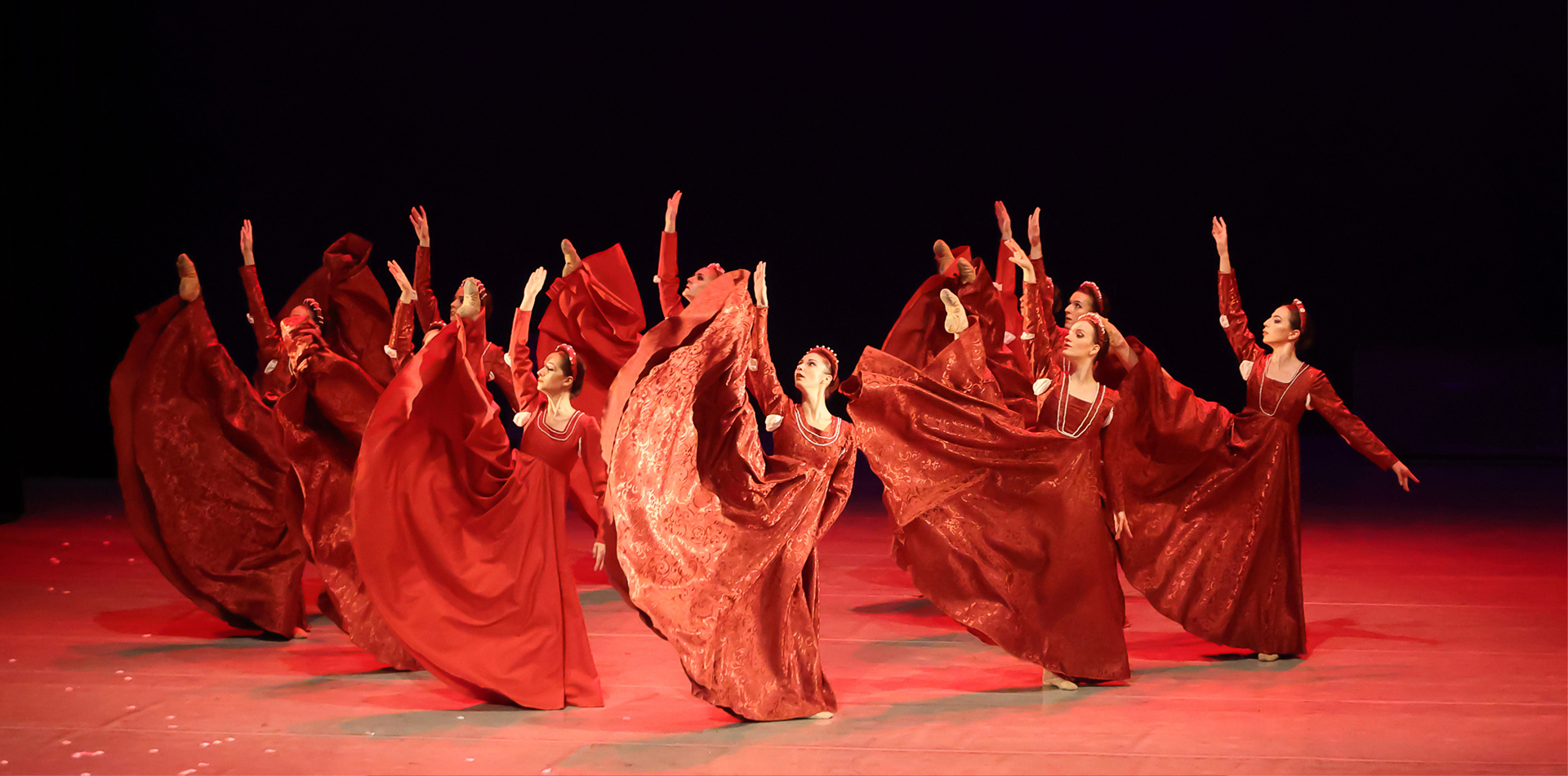
Preview
The performance is suitable for persons over the age of 12
*********************
The representation is on the subject of the traumatic passage from post-adolescence to maturity. The inspiration originates from the original text of Carmina Burana: a group of Clergymen – Clerici Vagantes – become conscience that the world does not function by the moral rules that they have been given, they then create a group that follows the rules of virtue, and dive in completely and with passion to experiment this freedom and life filled with pleasures. The subject is rendered a performance utilizing ideas and imagined images of these young people. The gothic myth, cited from the famous music of Carl Orff, provocative of evil, in its most superstitious state, represents to us a morally corrupt society, unbiased resist to the fear of the divine punishment. In fact, certain songs they have turned upside down in an ironic way and played with the topics and attitudes of the then dominant literature: wine, woman, game, the pleasures of life are exalted to you from this poetry born in a cultured atmosphere and parody of modules of the ecclesiastical language.
**********************
Fredy Franzutti
choreographer and director of “Carmina Burana”
After a period of training and professional experience in Europe (Italy, Scotland, Germany, France, Spain) began his choreographic fortunate career founding Balletto del Sud in 1995 in his home town Lecce, a baroque beautiful city in south Italy, a ballet company which he leads and for which he has created 34 productions, turning it into the best Italian troupe in the classic academic style.
Ballets created by Fredy Franzutti for his company include the best titles of romantic tradition: “The Nutcracker”, “Swan Lake”, “The Sleeping Beauty”, “Romeo and Juliet”, “Sheherazade” “The Firebird” all with great success in European theatres.
He was hailed by the critics as “Italy’s young choreographic prodigy” (Michele Nocera), and “One of Italy’s most appreciated and talented choreographers” (Victoria Ottolenghi).
As well, Fredy has created ballets for the most important European theatres like Bolshoi Theatre of Moscow, Rome Opera House, Sofia Opera House, Monte Carlo Opera House, Bilbao Opera House, Theatre “V. Bellini” of Catania, for Pesaro Rossini’s Festival, and for different televised events.
Franzutti has also directed the film “If this is a Man” interpreted by Michele Placido, Emilio Solfrizzi.
